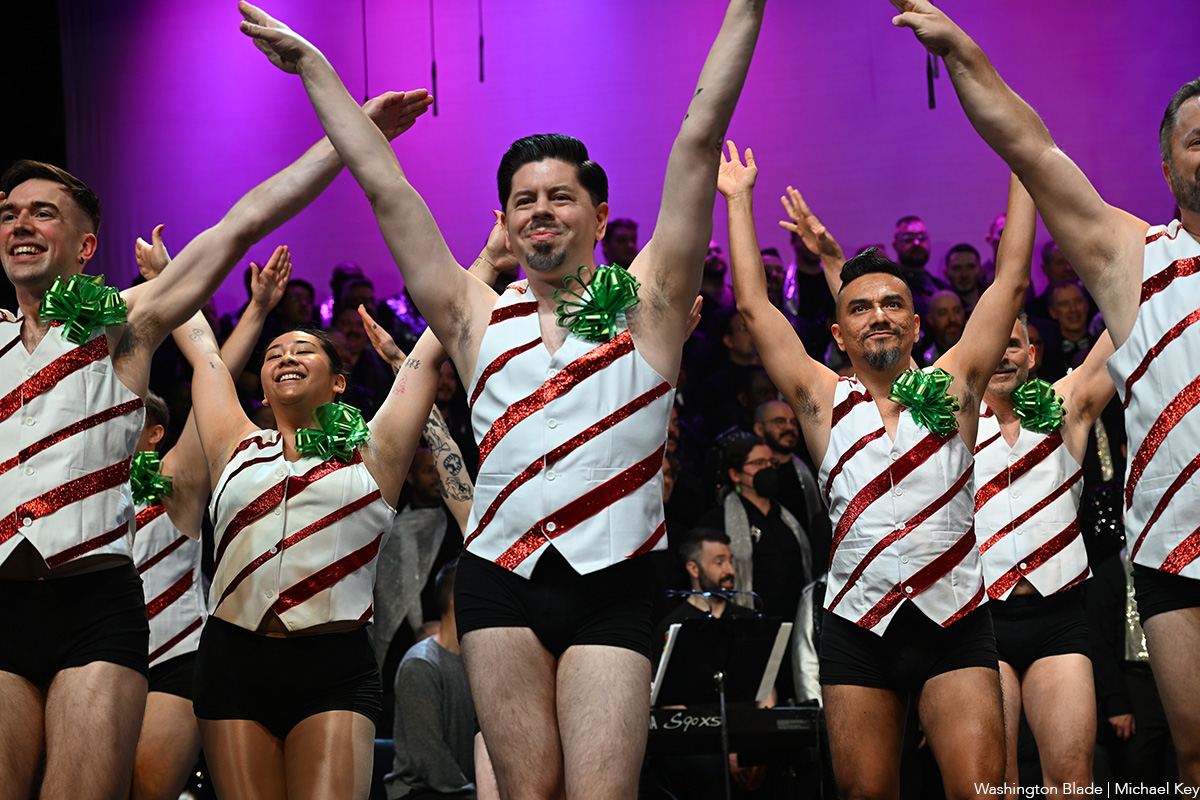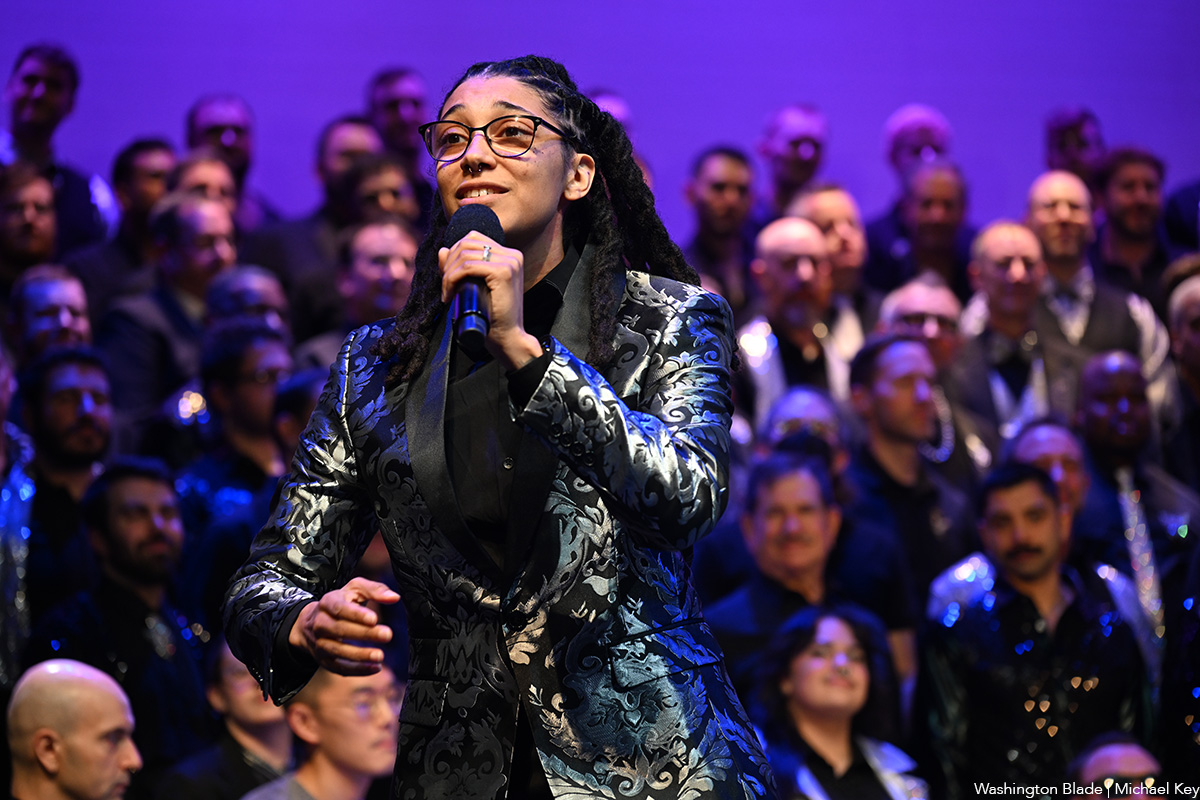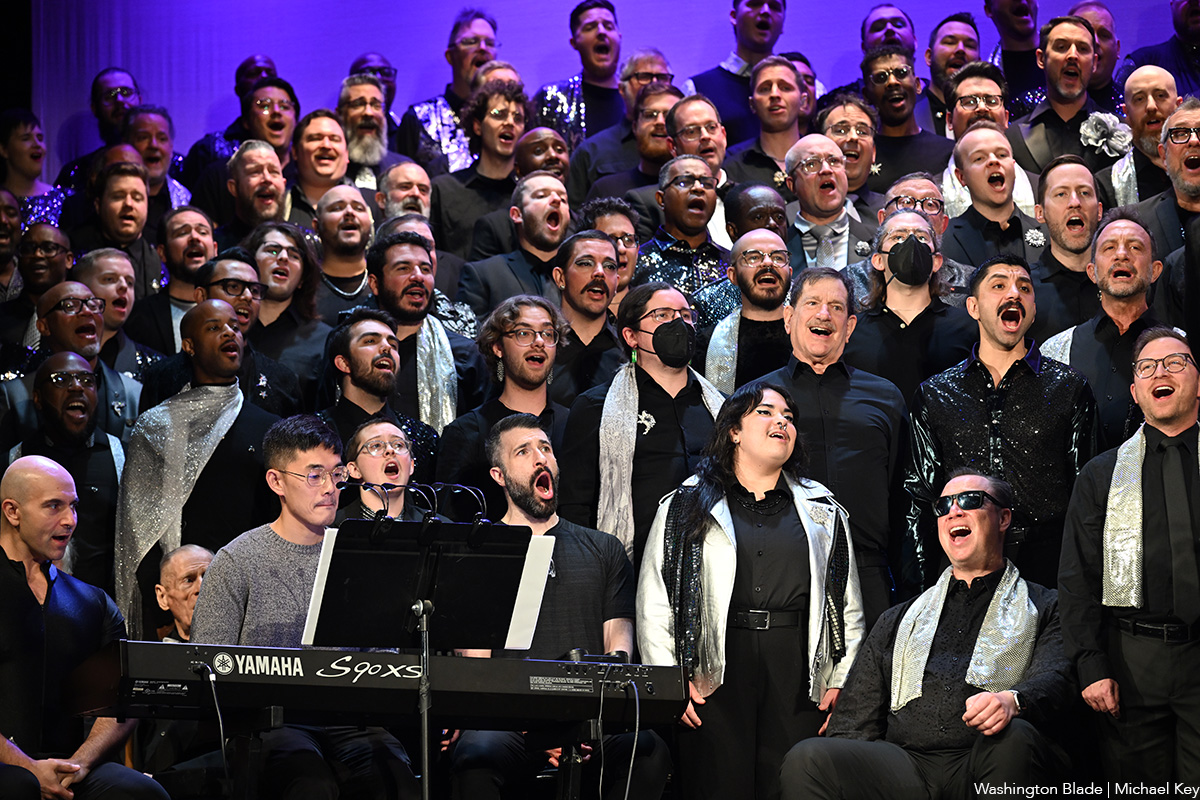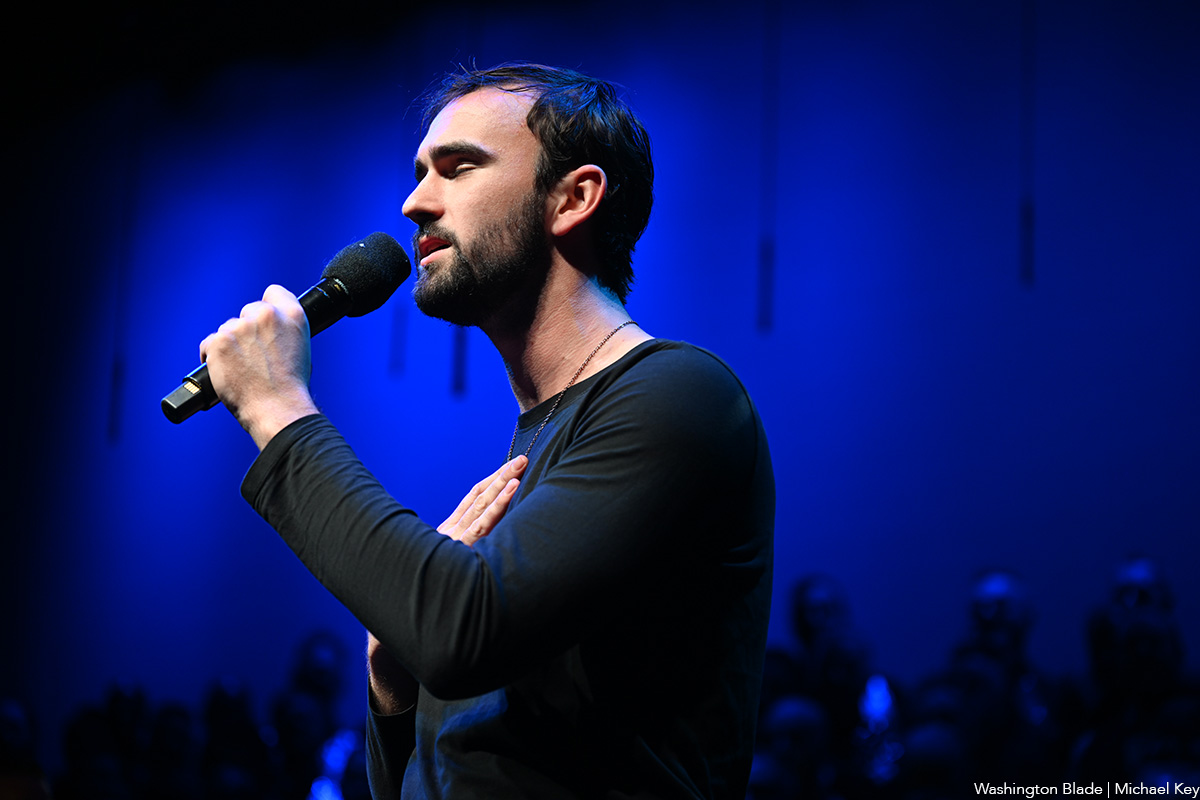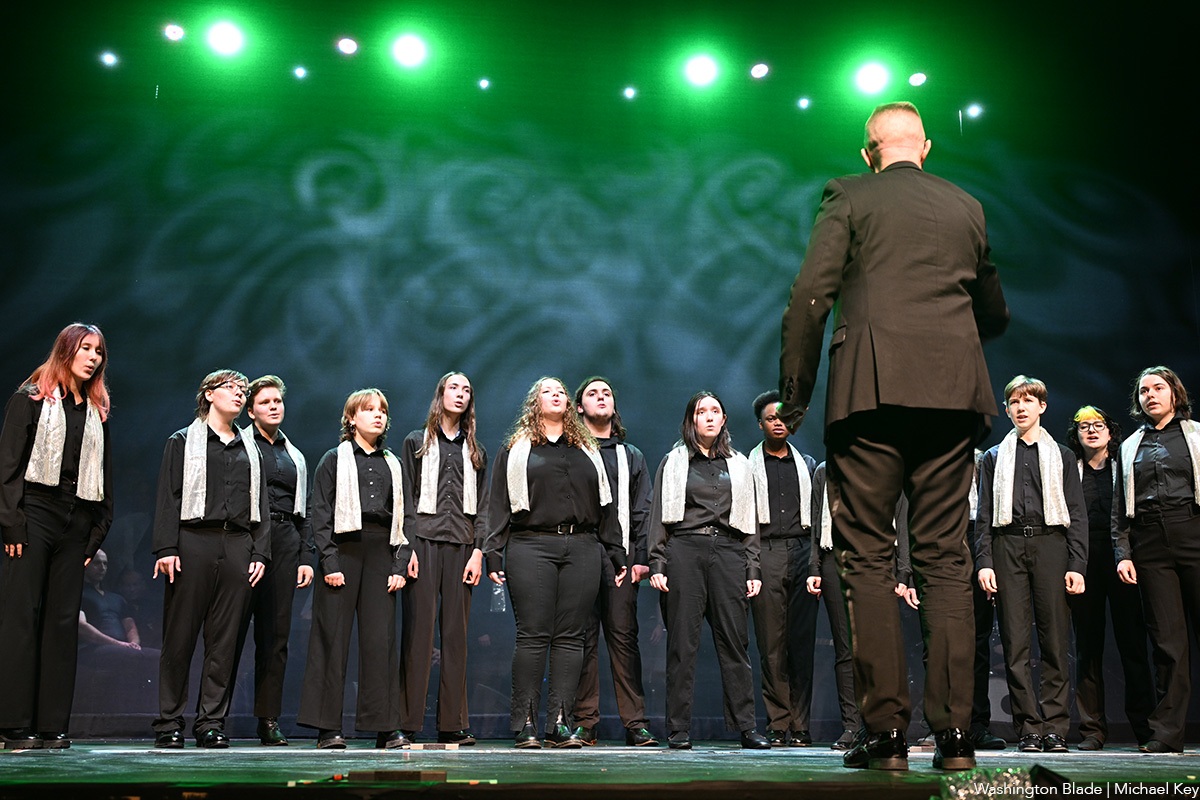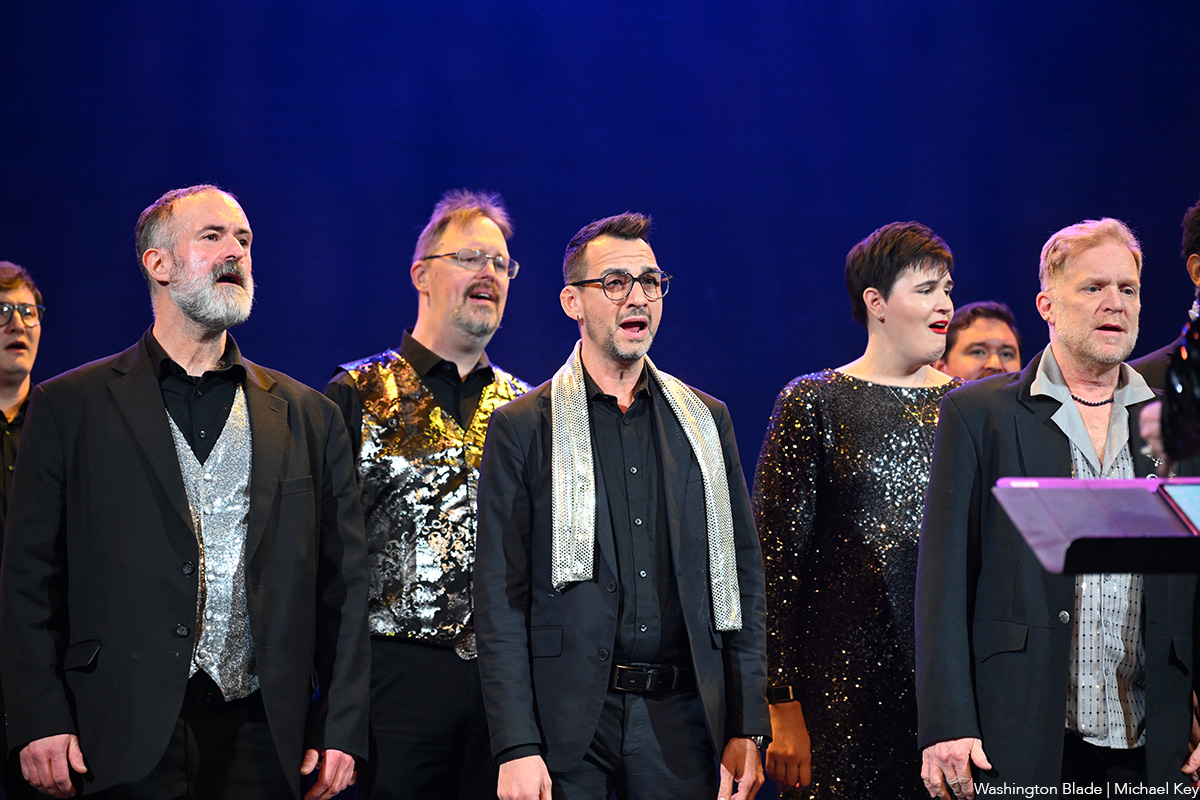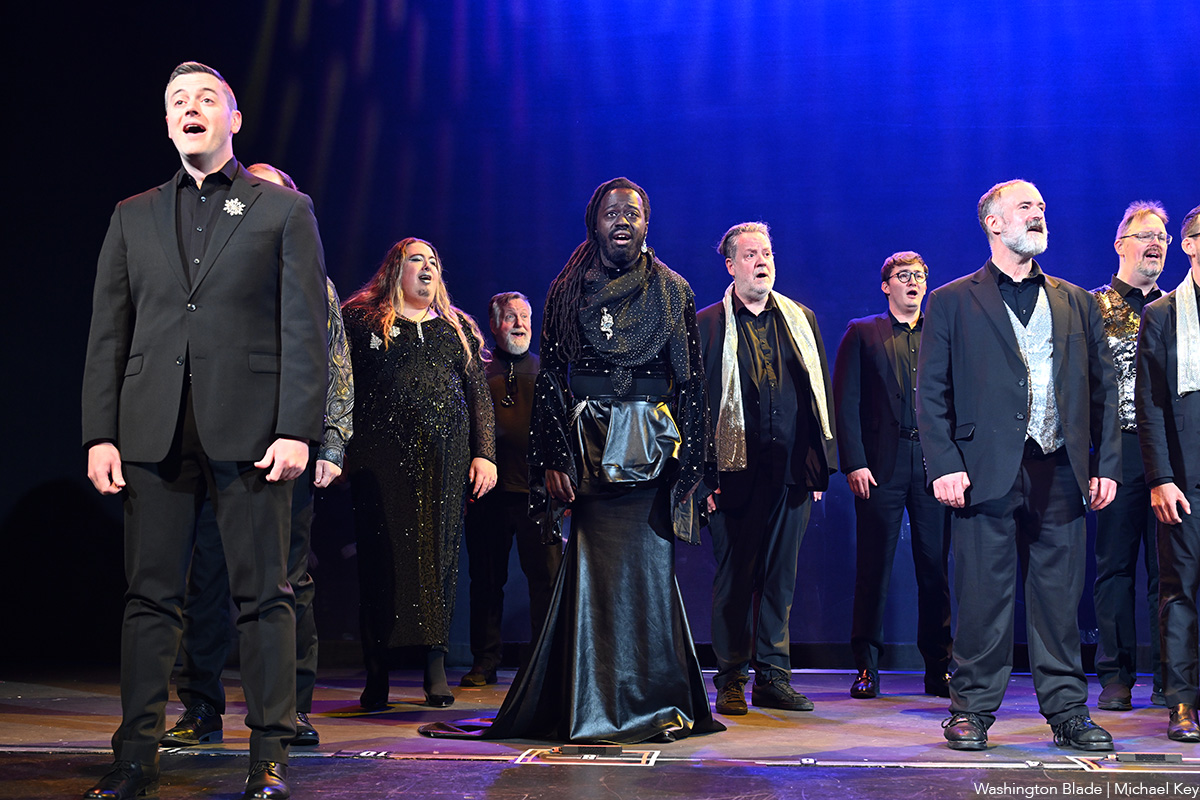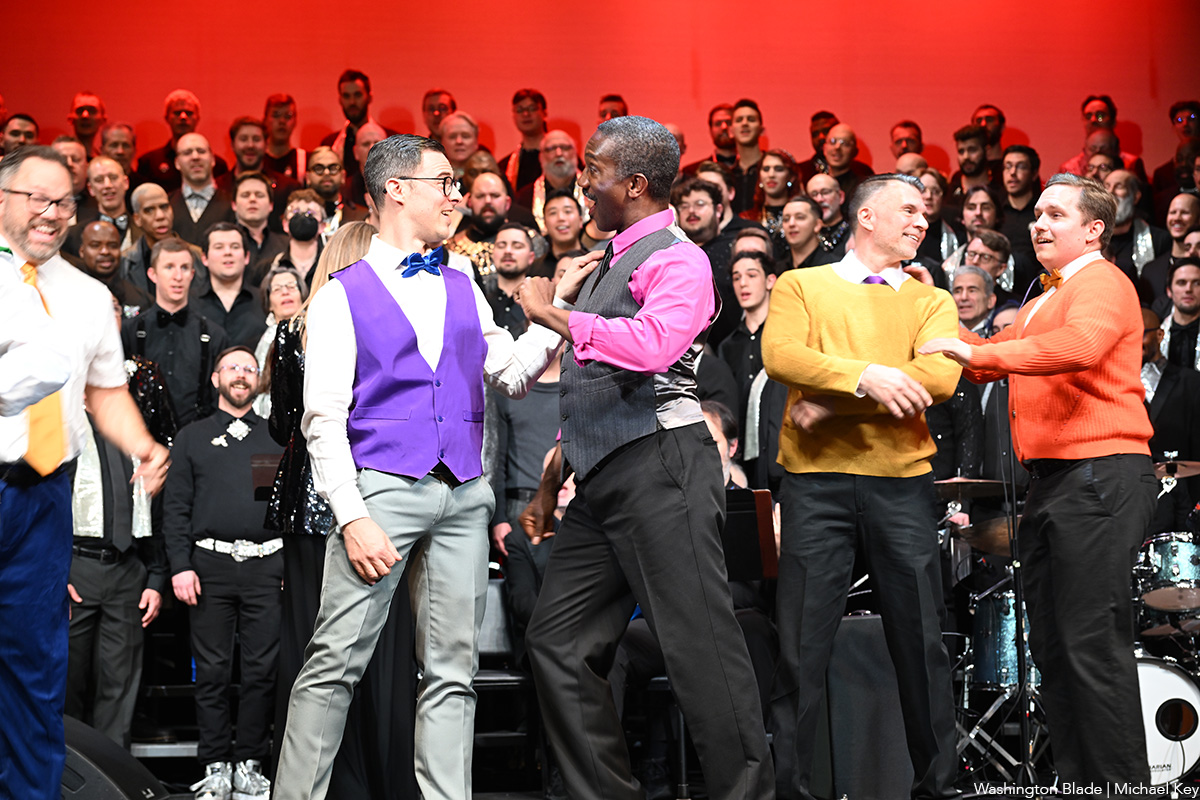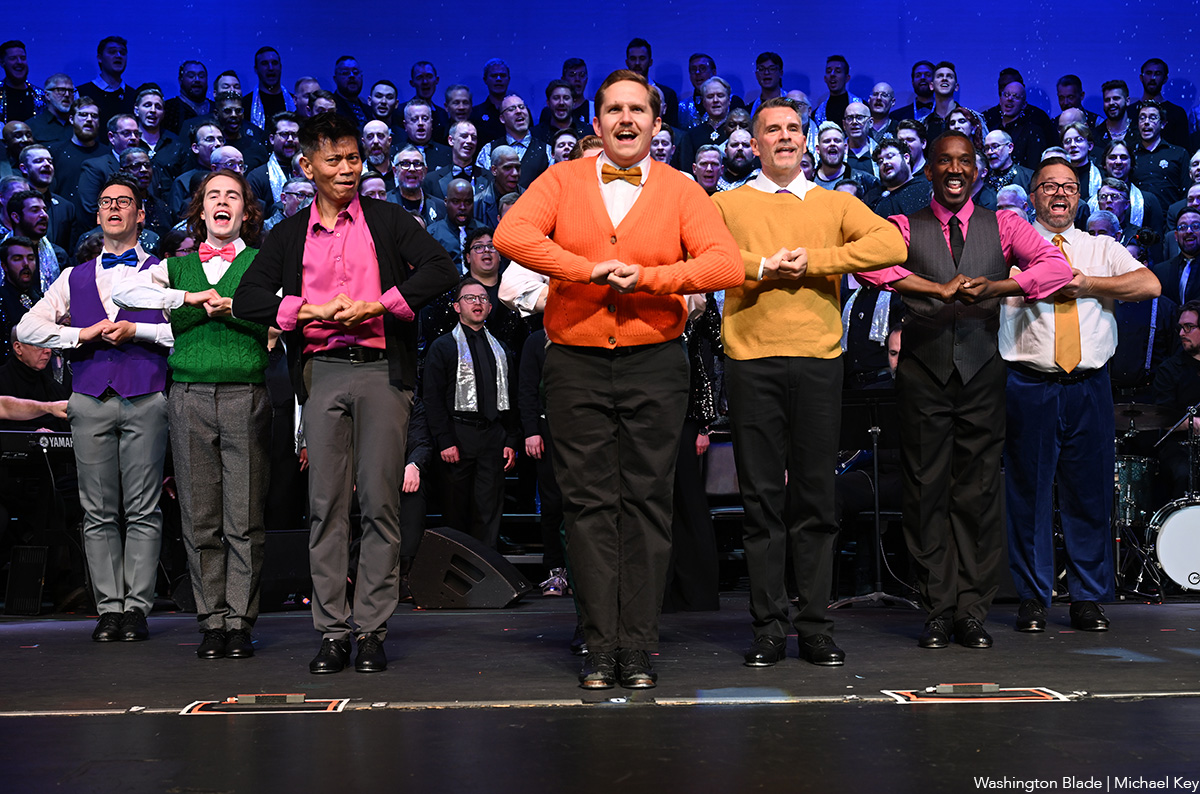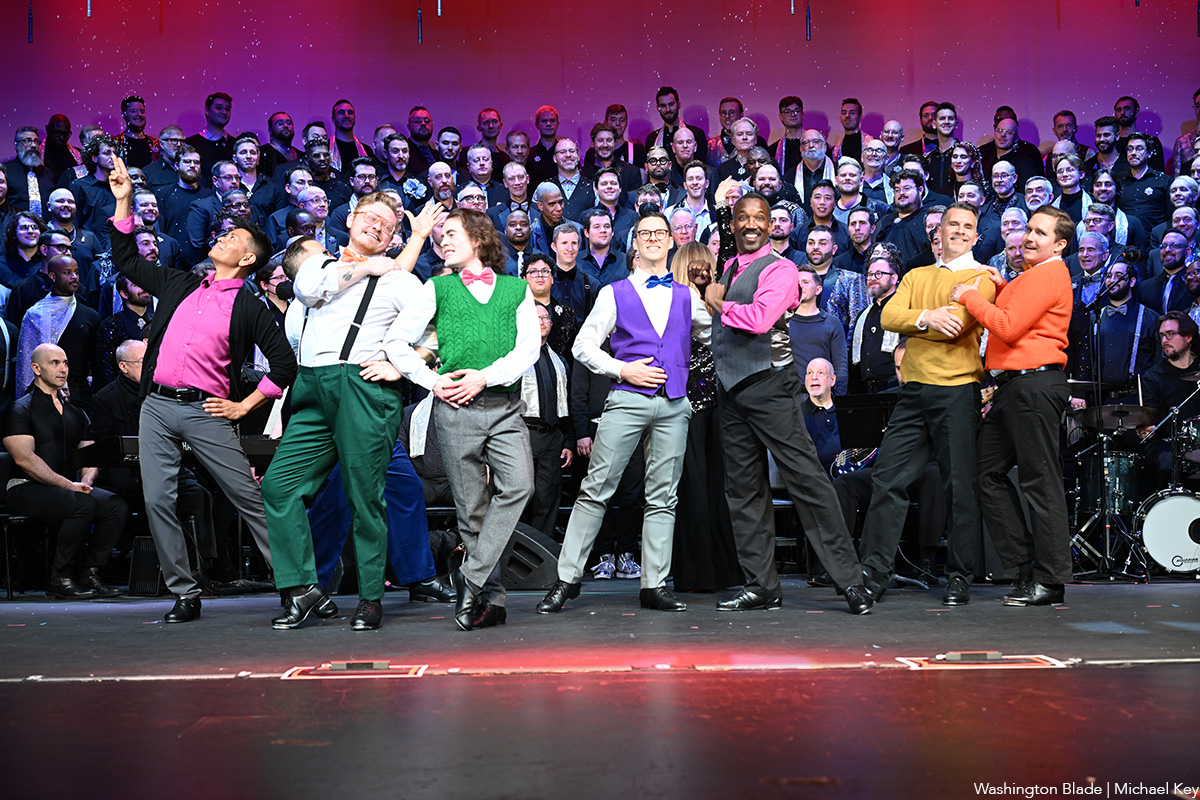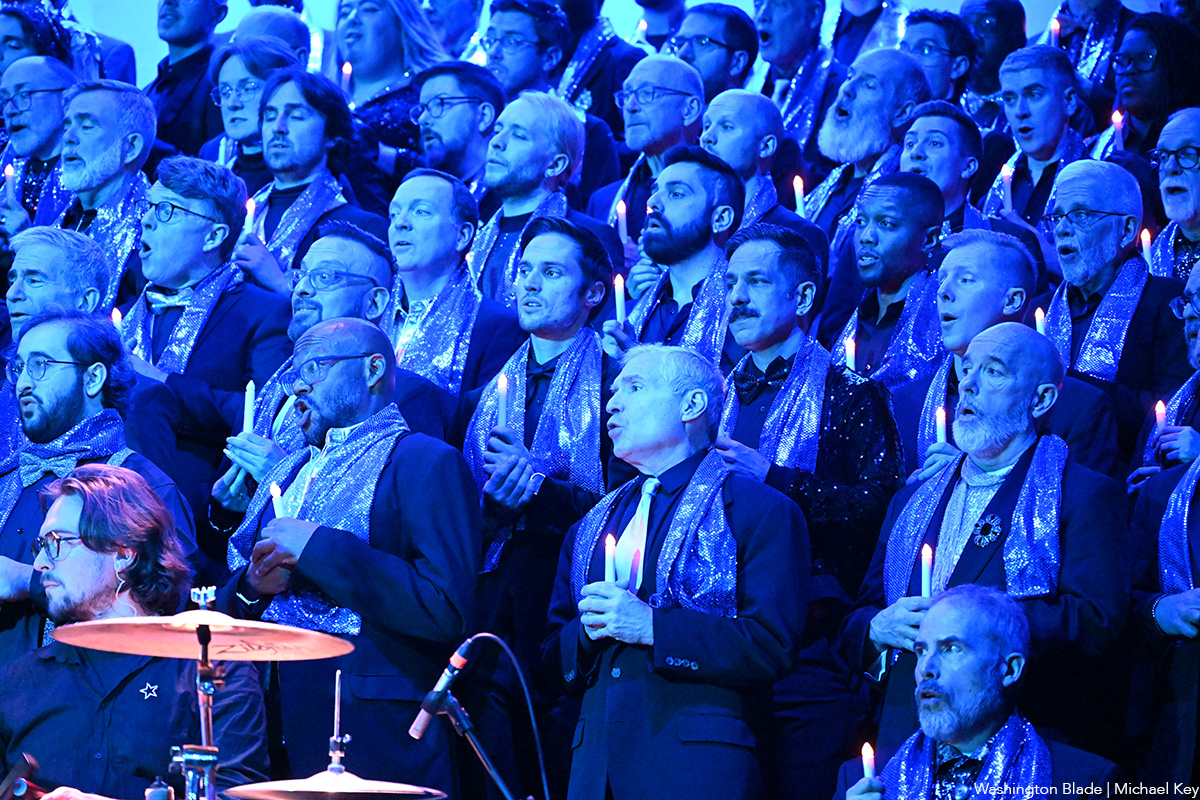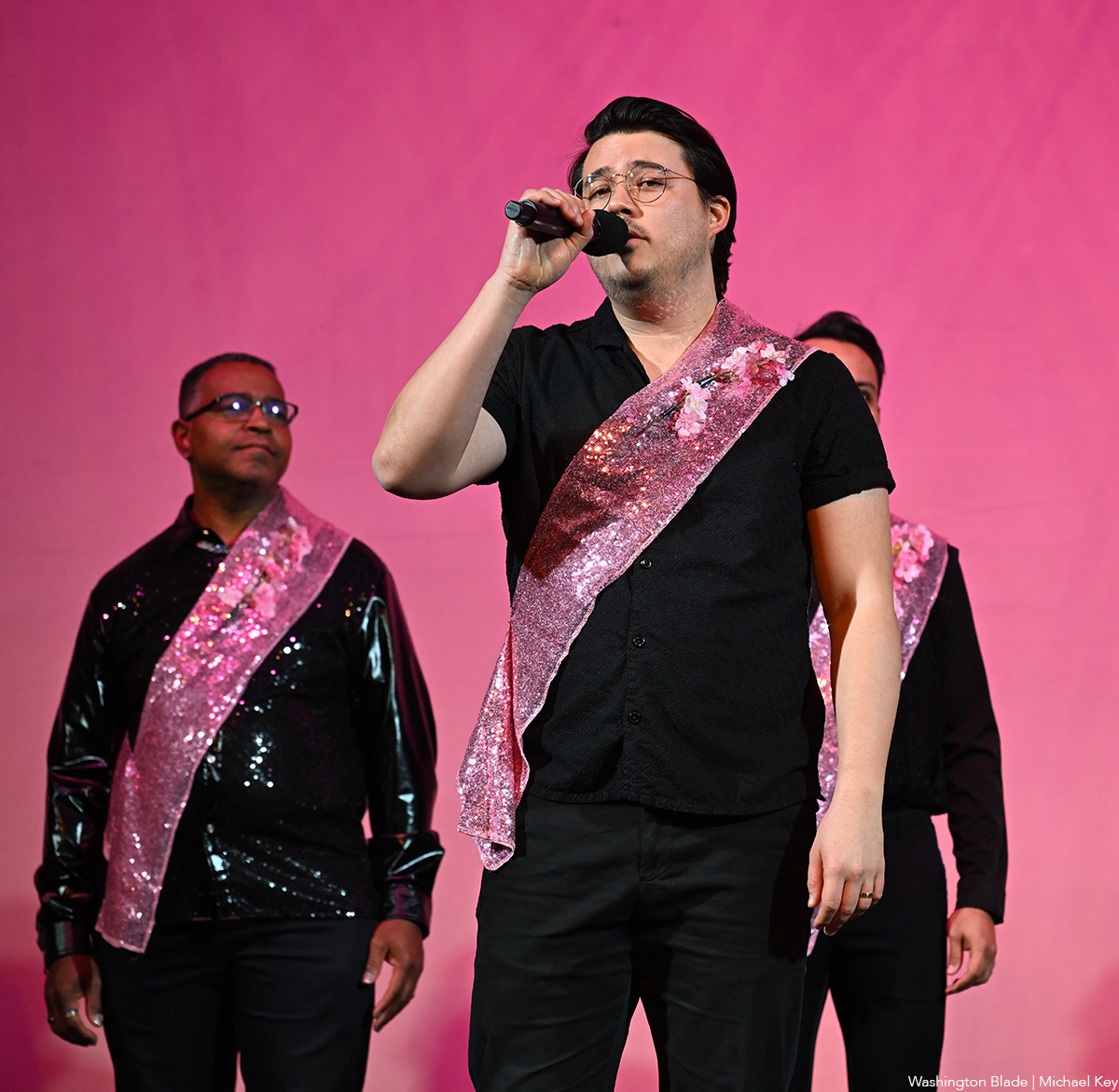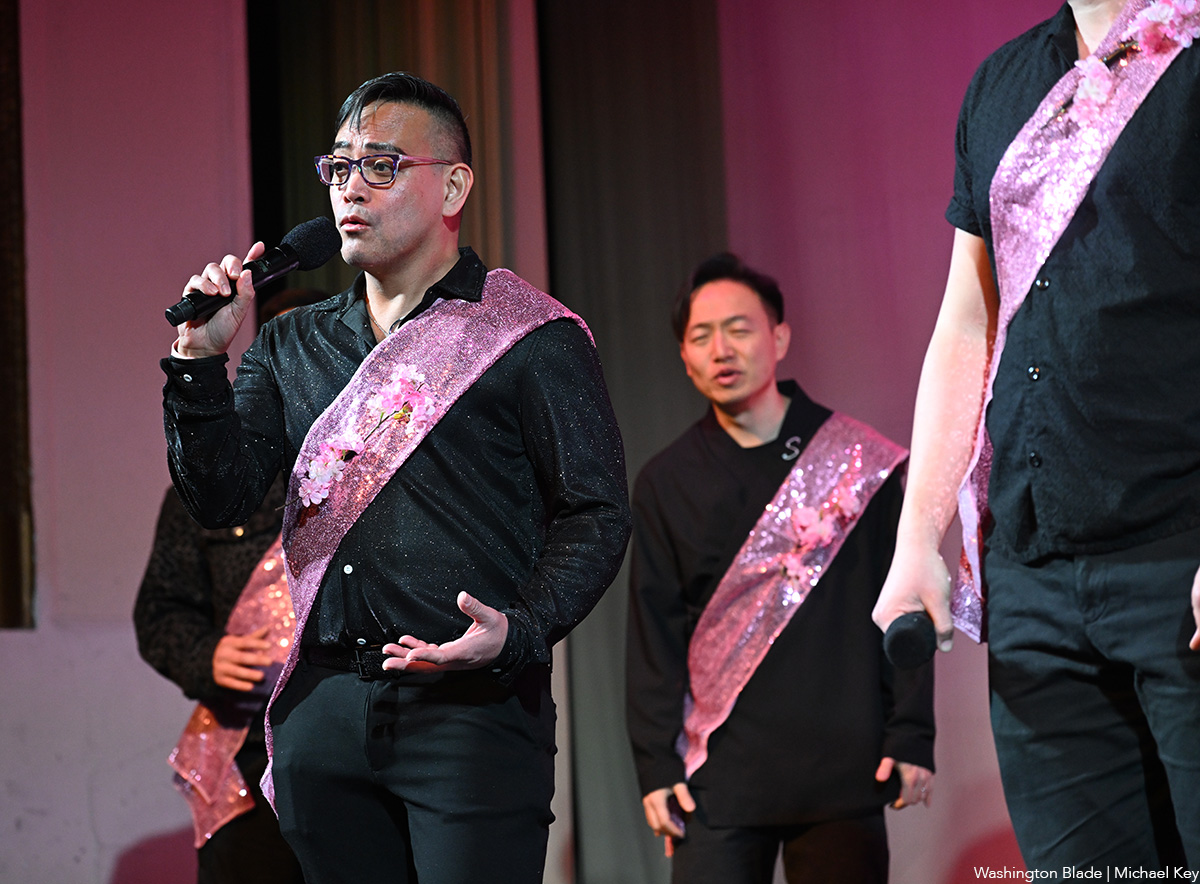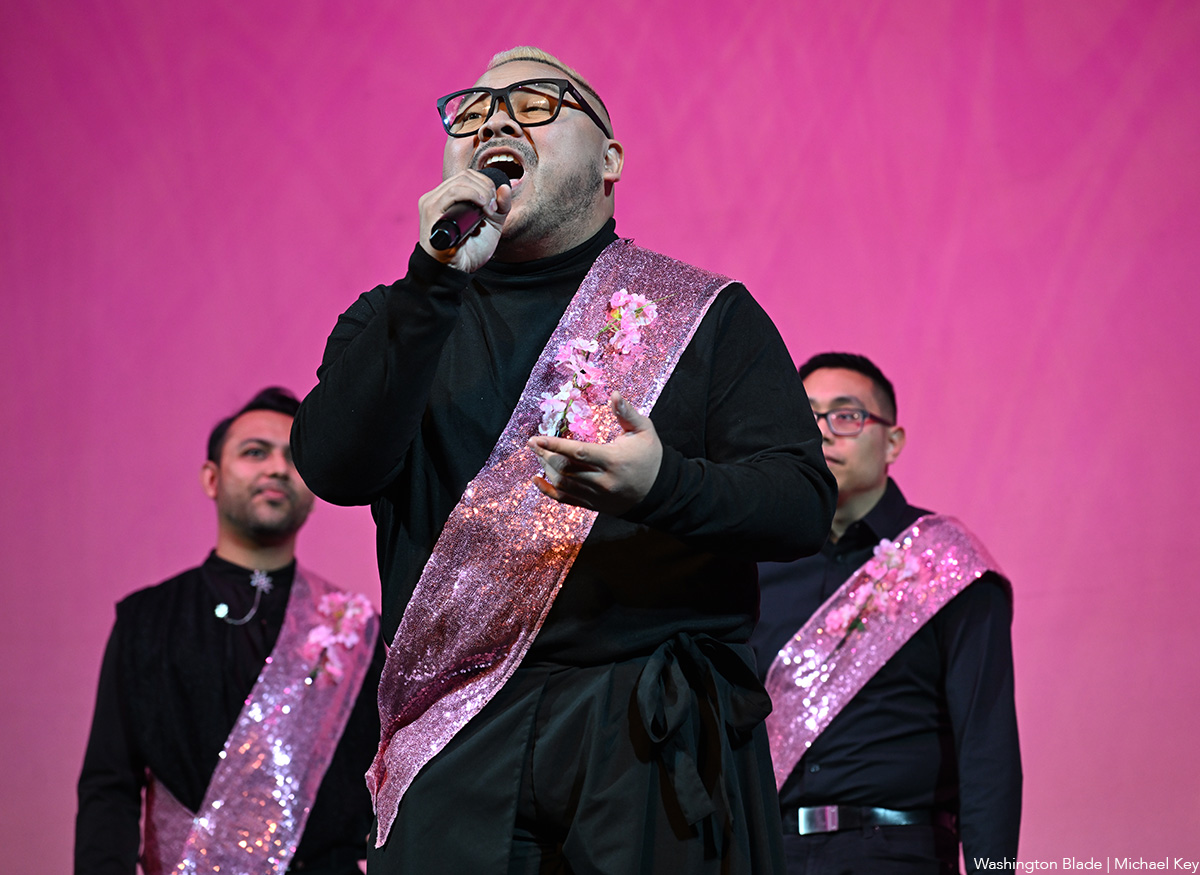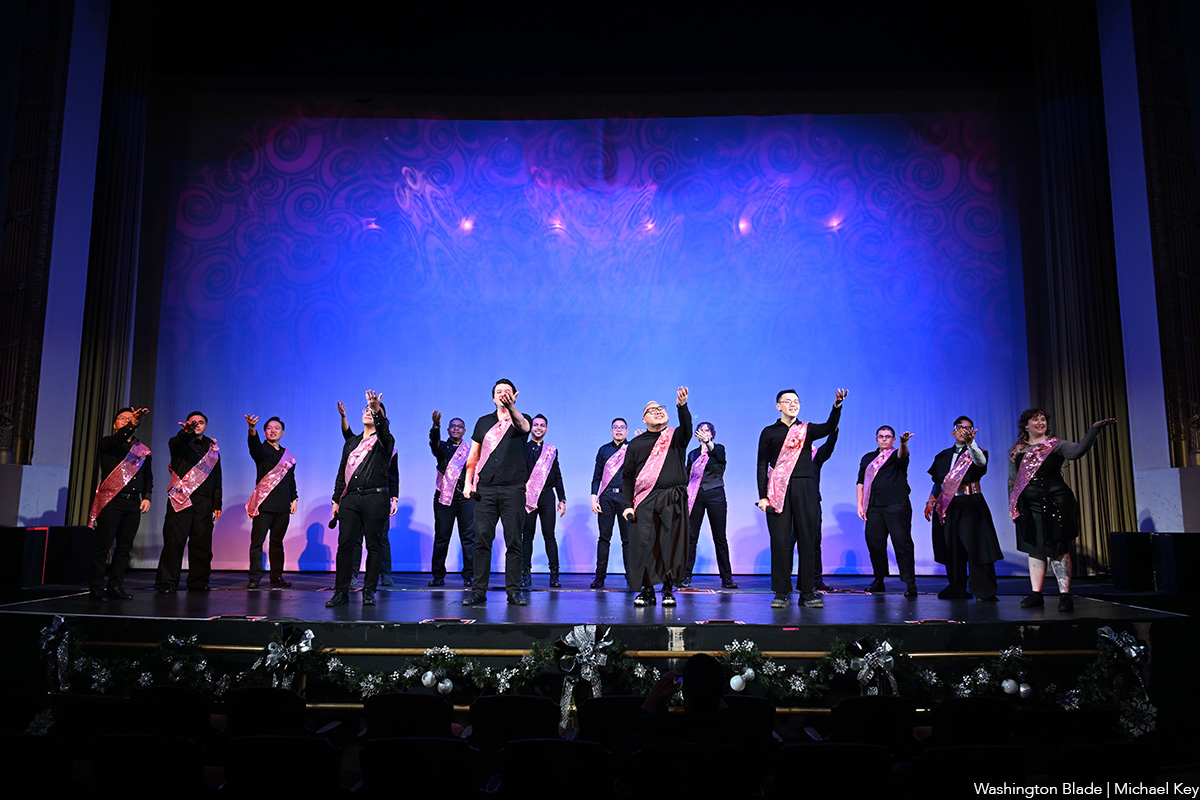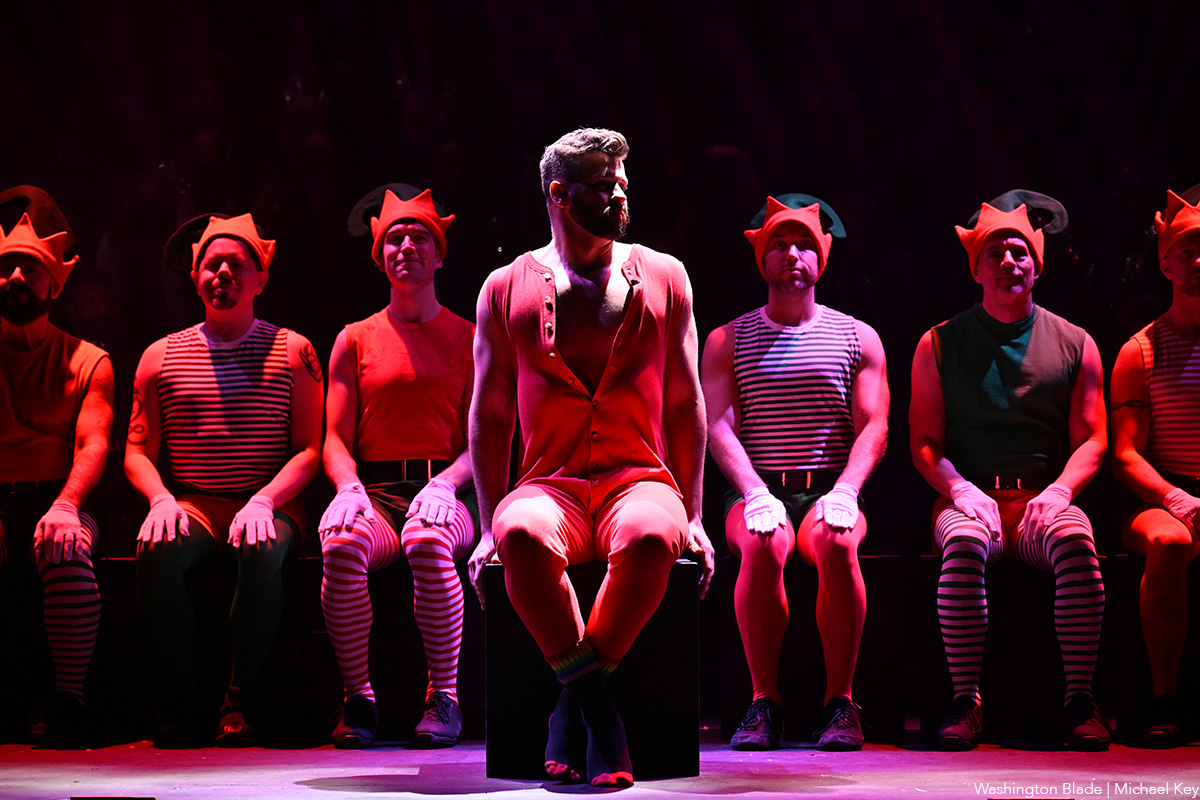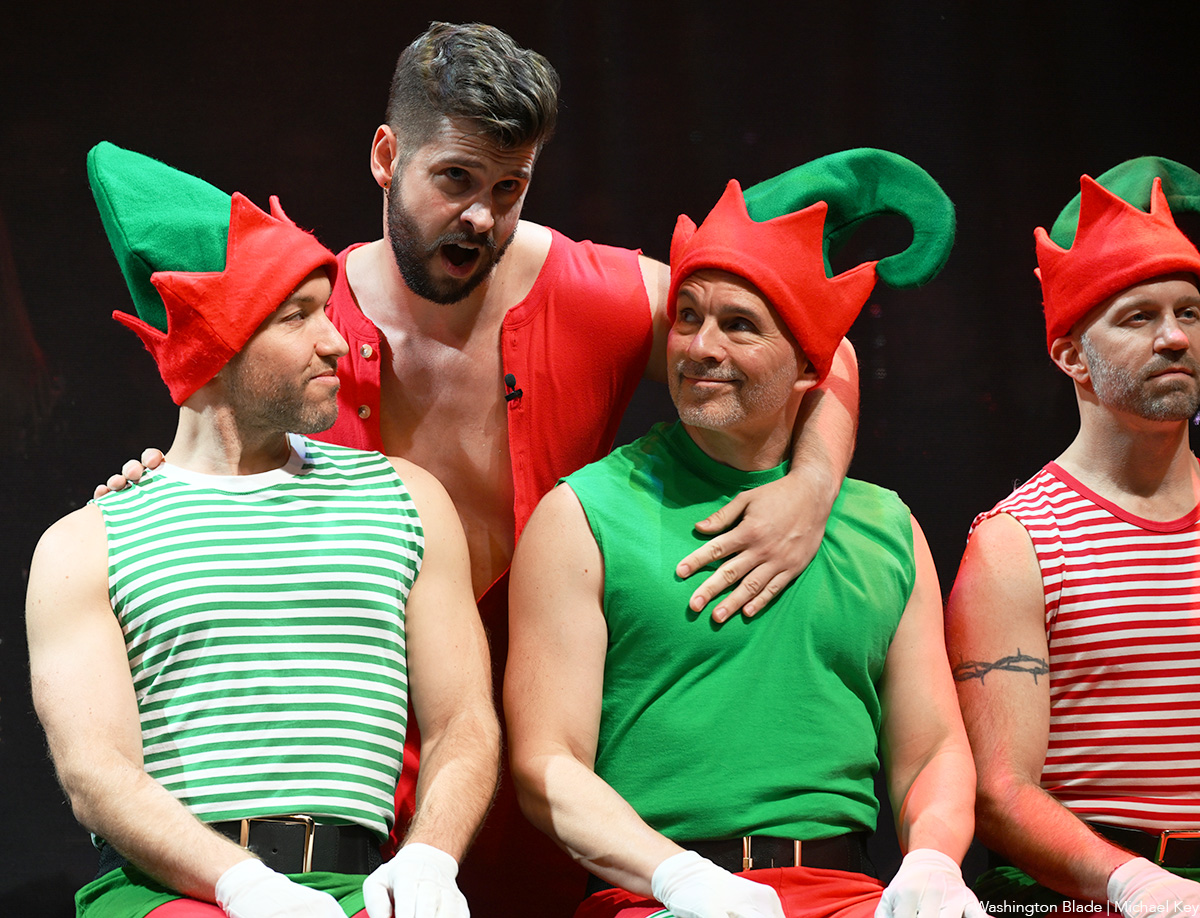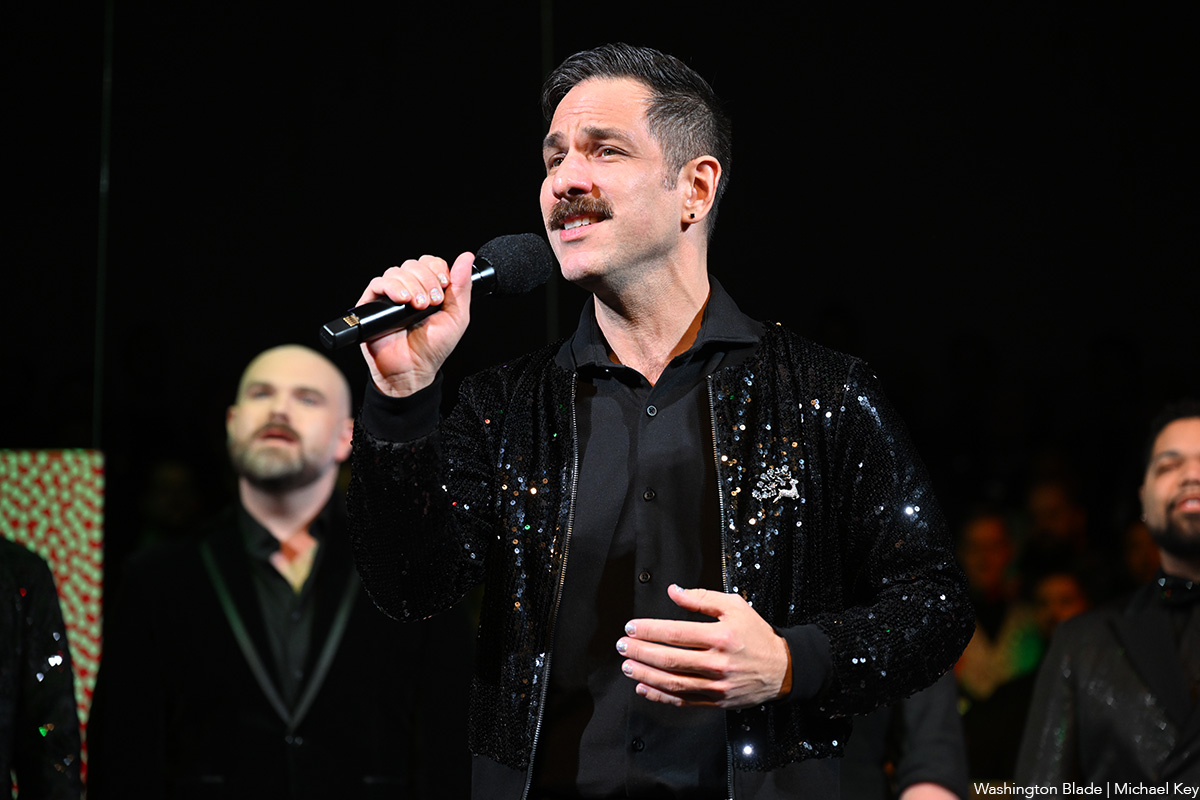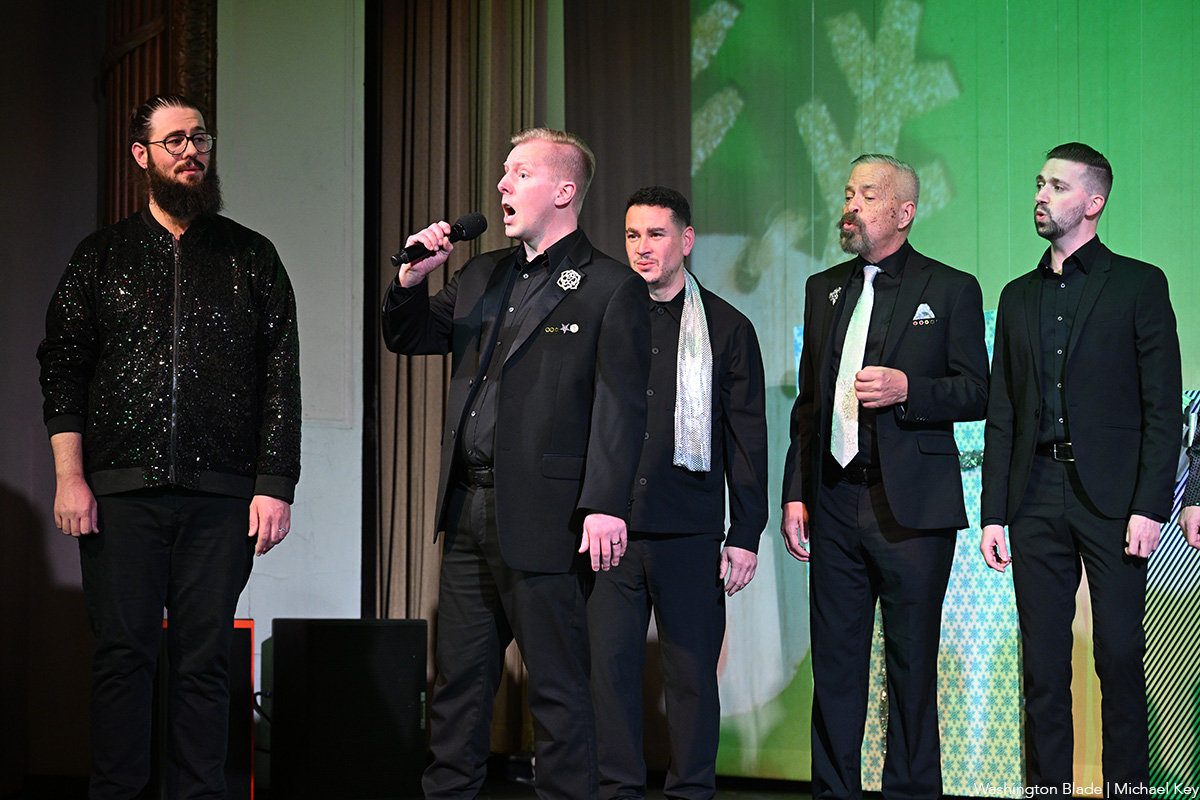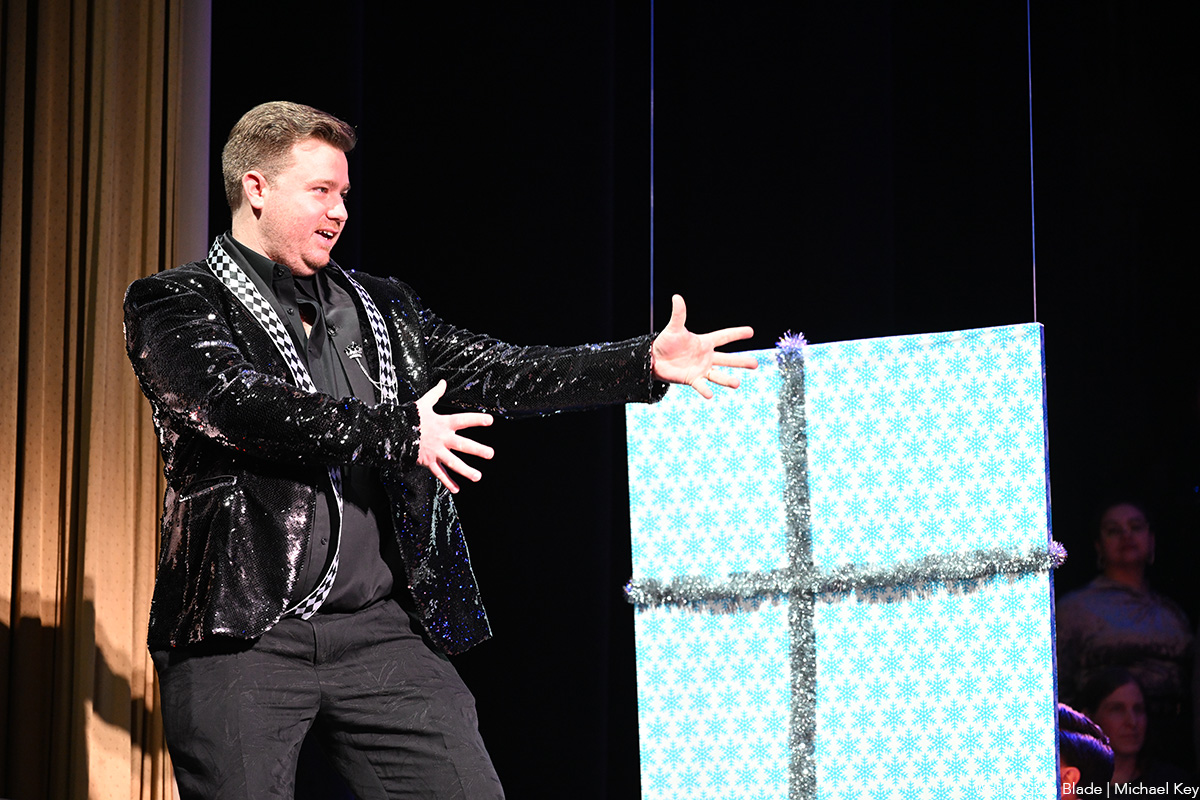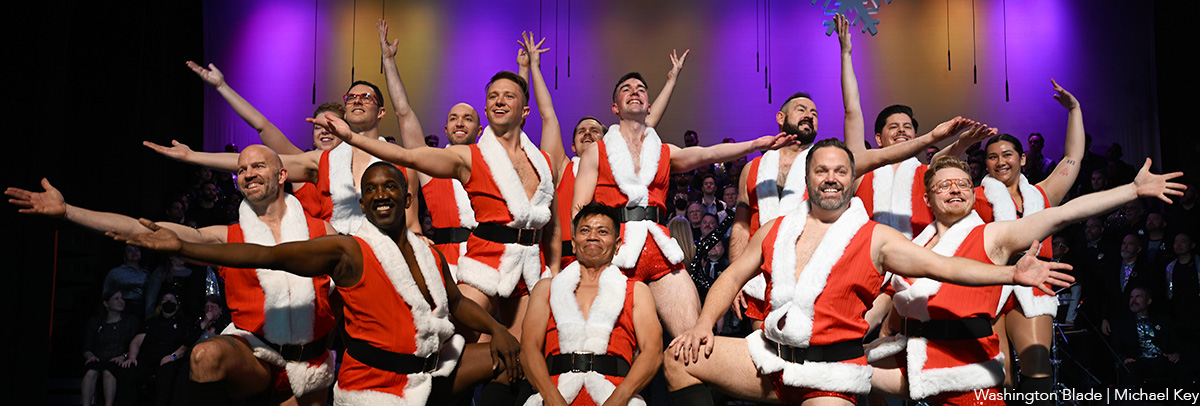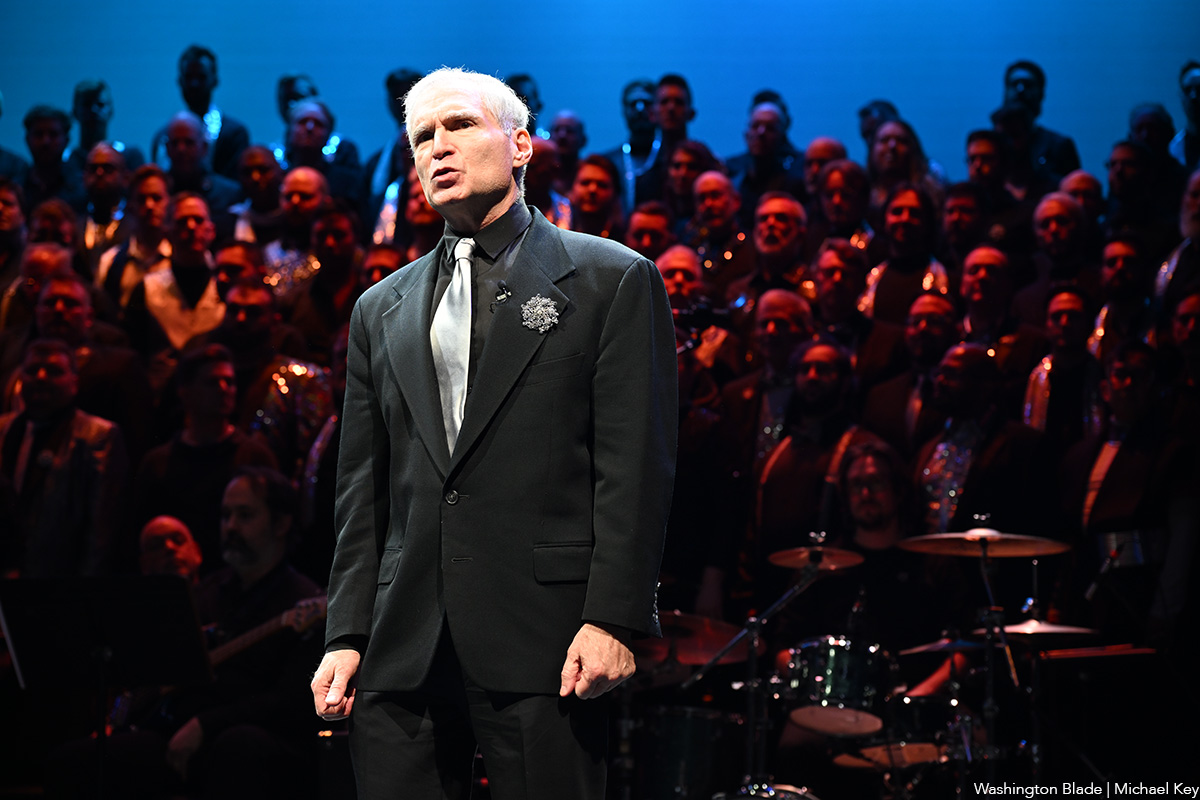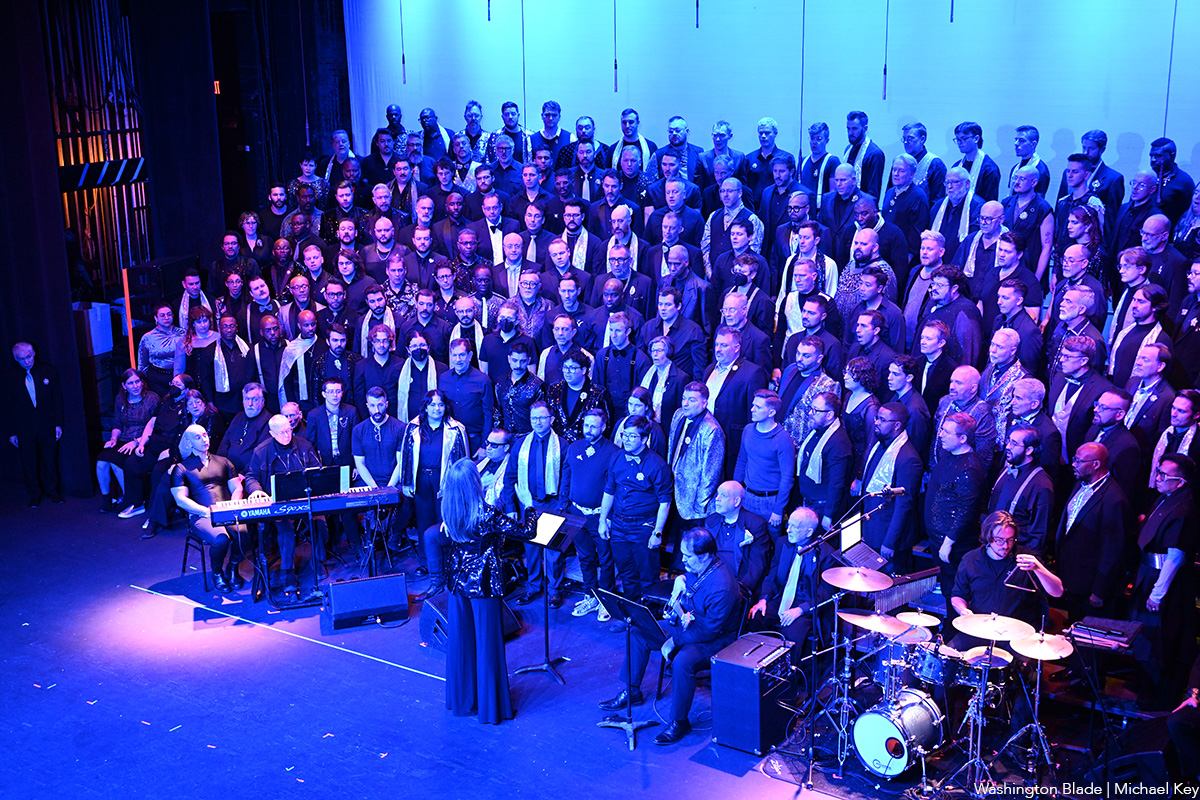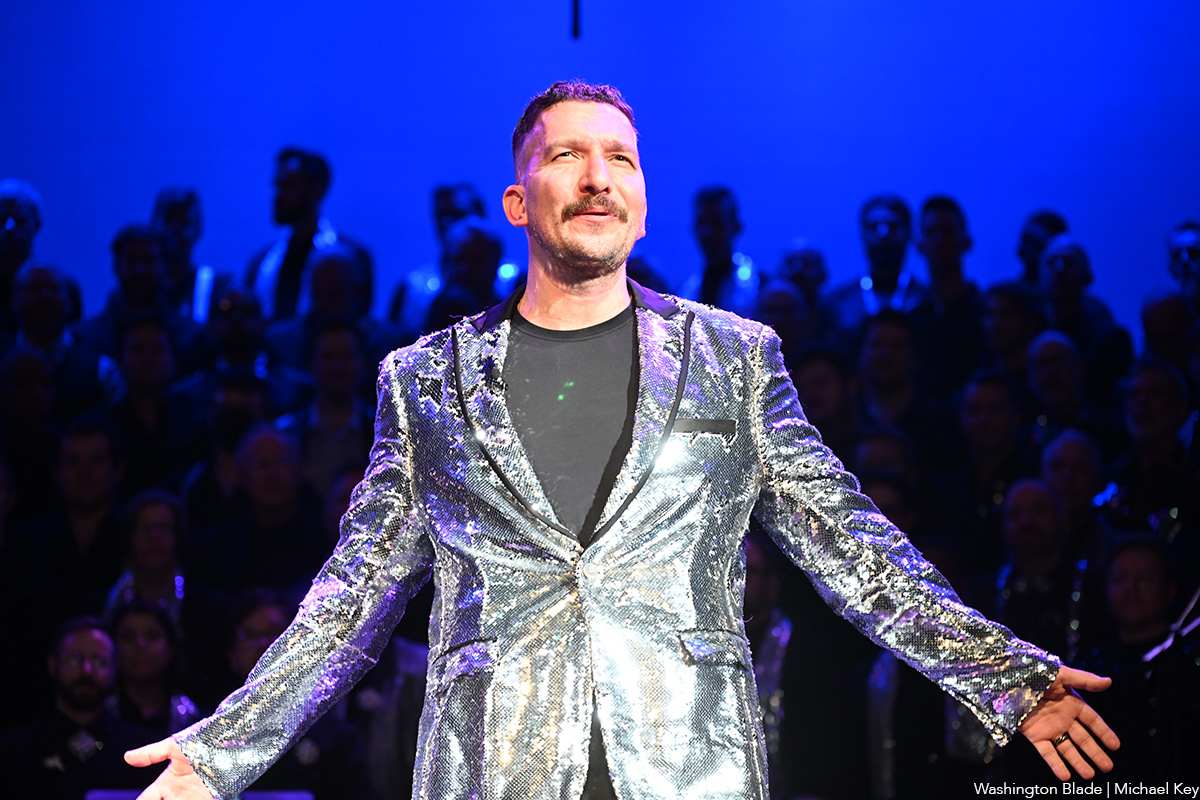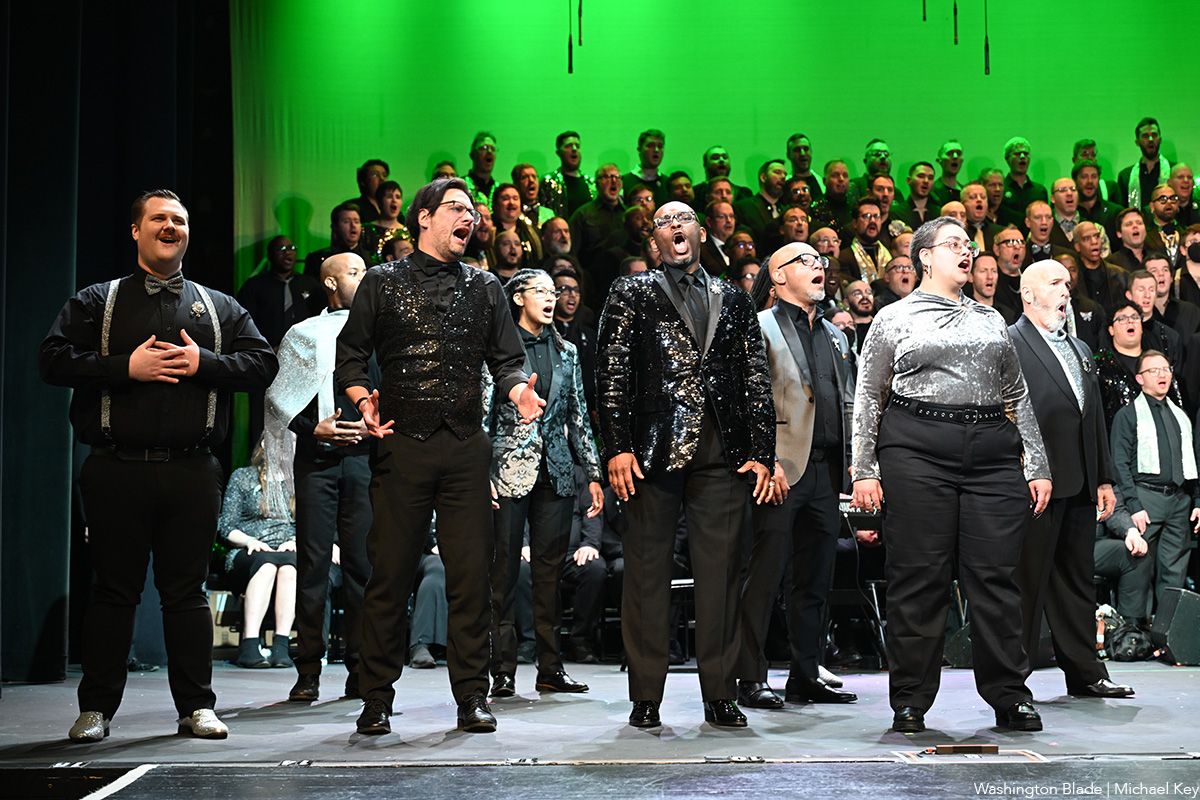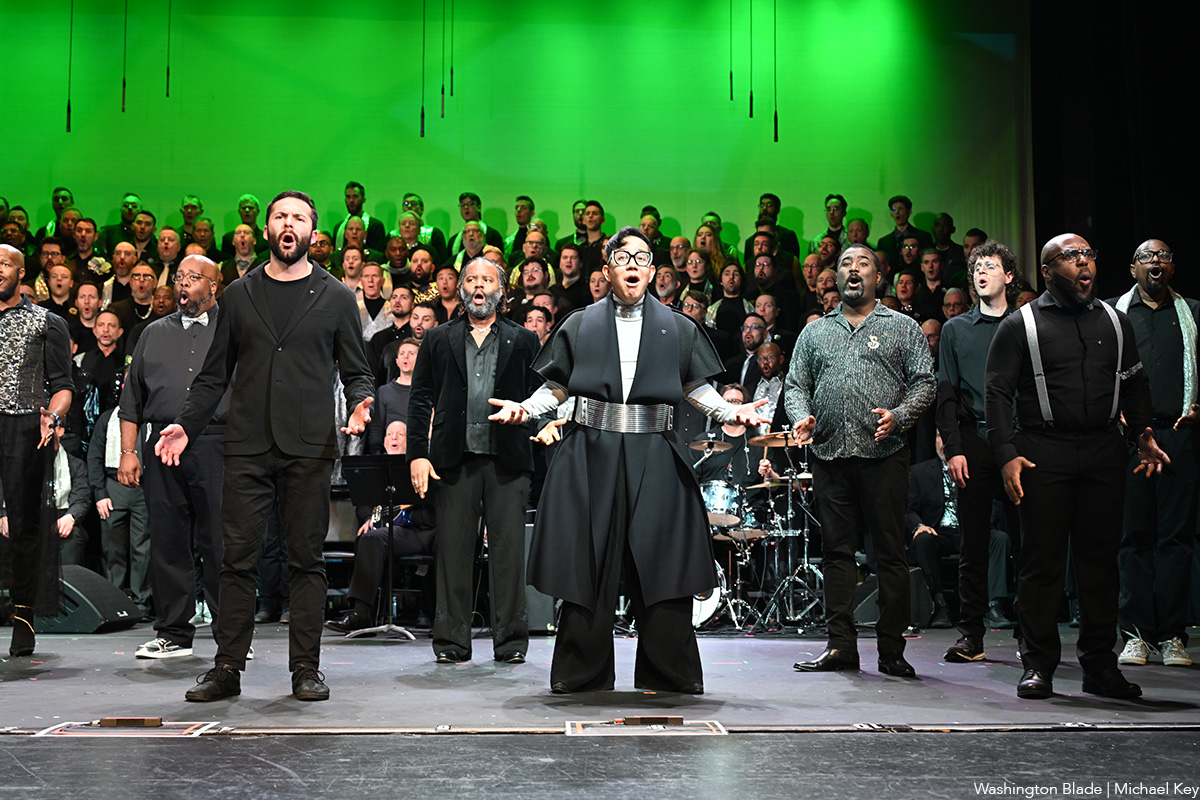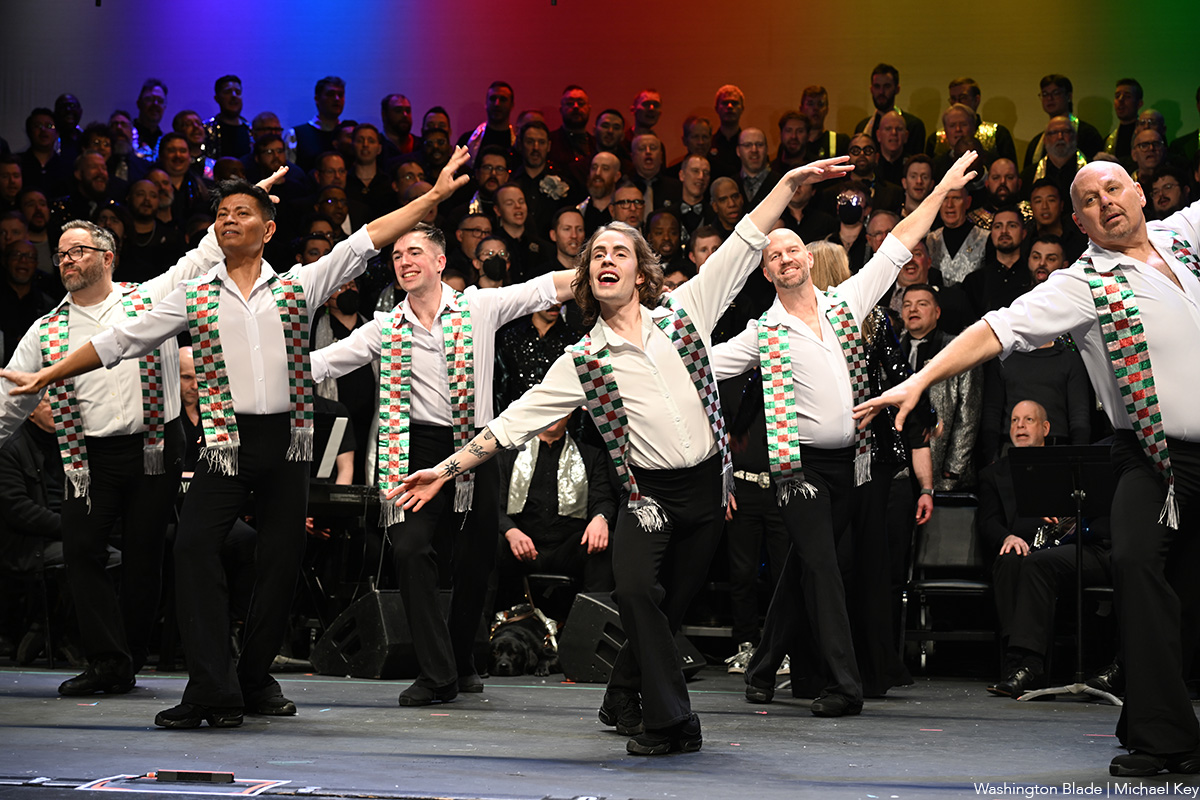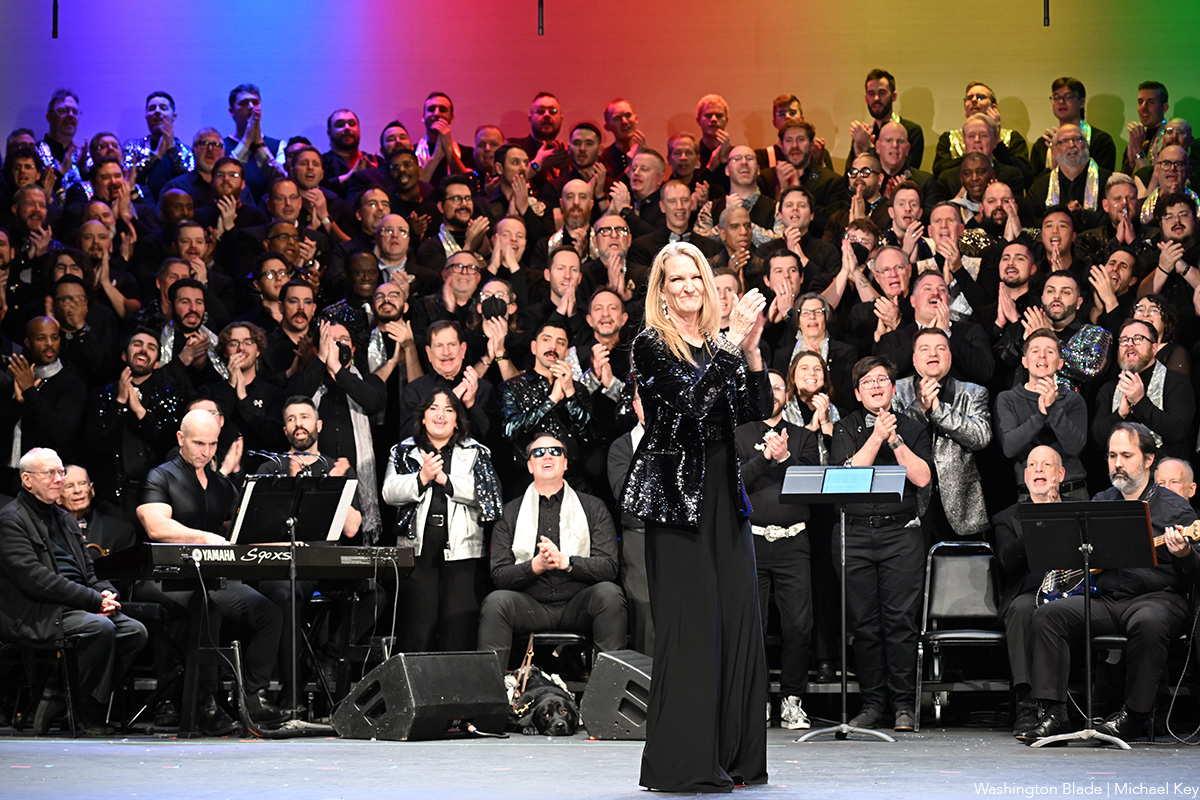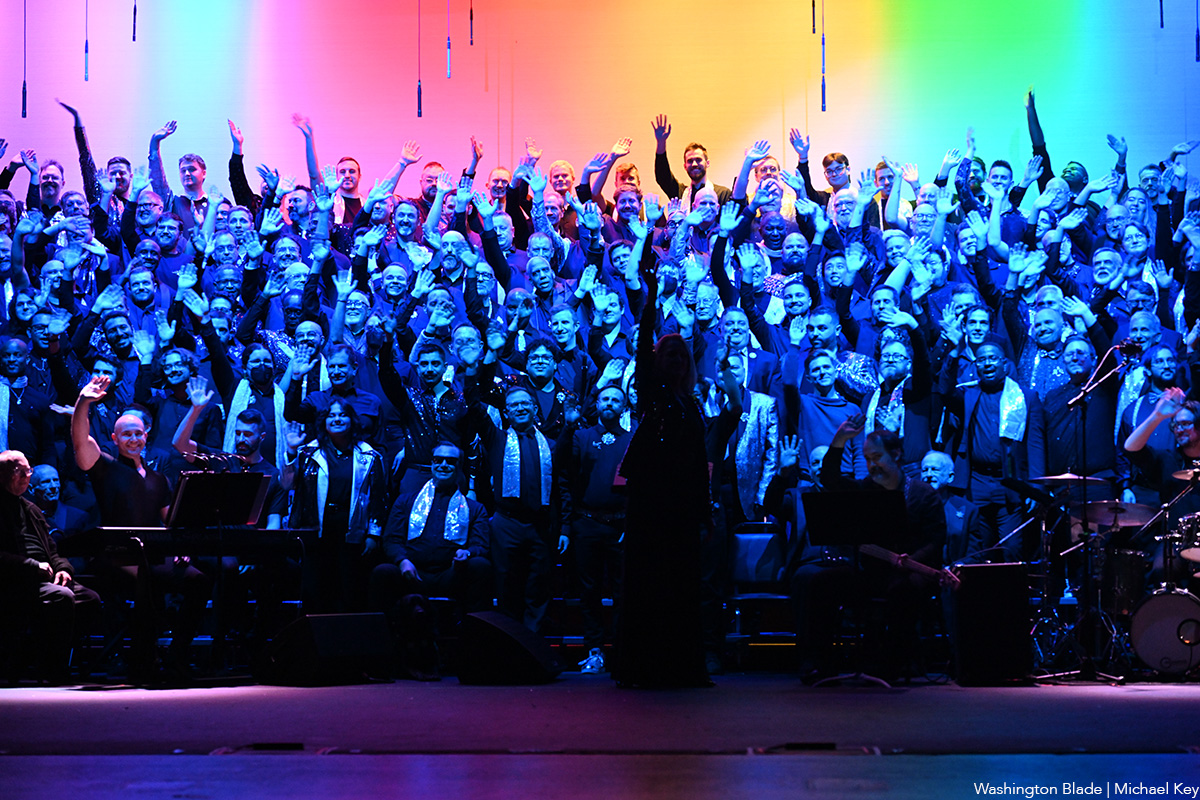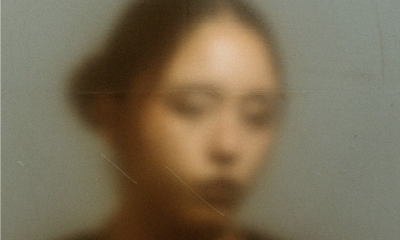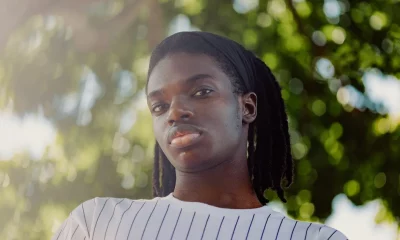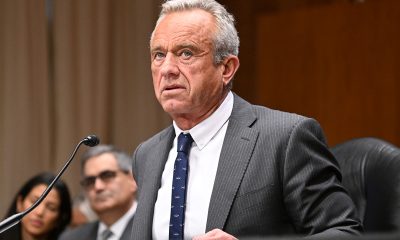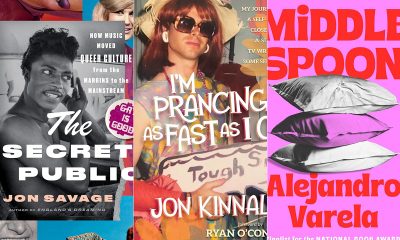Arts & Entertainment
Disney casts straight comedian as ‘effete’ gay character
The choice has critics asking questions

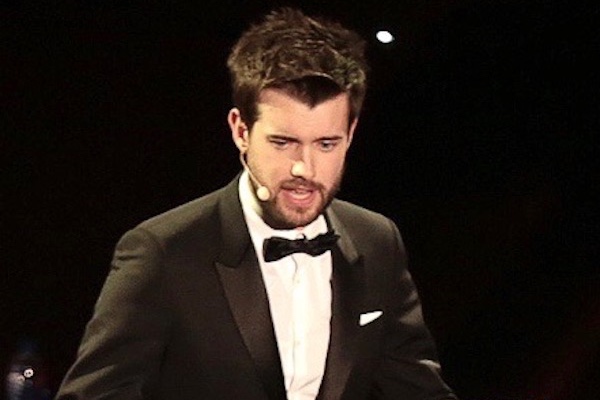
Jack Whitehall (Photo via Wikimedia Commons)
The choice by producers to cast Jack Whitehall, a straight 30-year old British comedian as Walt Disney Company’s first openly gay character, has critics asking questions.
In the film “Jungle Cruise,” Whitehall is “playing a gay man” and a character who is “hugely effete, very camp and very funny,” a film producer tells the Los Angeles Blade. Disney’s publicity staff says the film is “based on Disneyland’s theme park ride, where a small riverboat takes a group of travelers through a jungle filled with dangerous animals and reptiles, but with a supernatural element.”
Britain’s Sky News reported that fellow actor Chris Salvatore told Disney to “do better,” adding: “Such a dam [sic] shame it’s so hard to find gay actors to play gay roles in Hollywood.”
Actor and producer Emerson Collins added: “It’s too bad there weren’t any out actors who are regularly called some euphemism for ‘too camp’ by casting directors, studios, networks, executives etc. for literally any role who were available for this Disney ‘first.’”
Egyptian-Canadian actor and gay activist Omar Sharif Jr. asked Disney on Twitter: “Your first significant gay role will be played by a straight white man perpetuating stereotypes? Fail! This ship should sink.”
Really @Disney #JungleCruise ? Your first significant gay role will be played by a straight white man perpetuating stereotypes? Fail! This ship should sink. https://t.co/npPESNZaxD
— Omar Sharif Jr. (@OmarSharifJr) August 13, 2018
East London-based lesbian journalist Sophie Wilkinson also questioned Hollywood’s sense of casting:
If Scarlett Johansson wasn’t allowed to play a trans man then Jack Whitehall shouldn’t be allowed to play a gay man. Especially so when you consider there are absolute hundreds of out gay men in Hollywood who are better actors than him
— Sophie WilkINson (@sophwilkinson) August 13, 2018
The announcement, made public over the weekend, has amplified the ongoing critique that Hollywood Film Executives are continuing to marginalize LGBT actors and characters in films. This past May, in an annual report issued by the LGBTQ Media Watchdog group GLAAD —(The 2018 GLAAD Studio Responsibility Index )—the numbers for 2017 revealed that LGBT representation in major motion pictures are the lowest since 2012.
“We hope that next year’s report is able to paint a more promising picture than GLAAD’s 2017 findings,” GLAAD president Sarah Kate Ellis writes in the report, noting that 2018 has so far seen three well-executed, LGBT-inclusive films from major studios: “Annihilation,” “Blockers,” and “Love, Simon.”
“There’s not ample reasons to deny openly gay persons from appearing in those roles,” the film producer, who requested to not be identified, told the LA Blade. There are famous gay/queer actors who play straight roles “exceptionally well,” citing the examples of inimitable Sir Ian McKellen and New York actor Ezra Miller, the 25-year old who is gaining attention for his role as “Flash” in “The Justice League.”
“Speaking to Shortlist magazine, Miller said that he was warned not to share details of his sexuality – he has had romantic relationships with both men and women, and doesn’t identify as heterosexual – because it could hamper his chances of landing a leading film role,” The Telegraph of London noted last November.
“I was told by a lot of people I’d made a mistake,” Miller told Shortlist. “Folks in the industry, folks outside the industry. People I’ve never spoken to. They said there’s a reason so many gay, queer, gender-fluid people in Hollywood conceal their sexual identity, or their gender identity in their public image. I was told I had done a ‘silly’ thing in… thwarting my own potential to be a leading man.”
He added: “I was given a lot of stern talking-tos.”
Commenting on “Jungle Cruise” last week, Whitehall posted on Instagram: “Filming is underway and I am having the time of my life with my amazing co-stars.
The film is due to hit theaters in October 2019, with the cast also including Dwayne “The Rock” Johnson and British actress Emily Blunt.
Reporting by SKY News UK, The Telegraph of London, the staff of the Los Angeles Blade, and wire service reports.
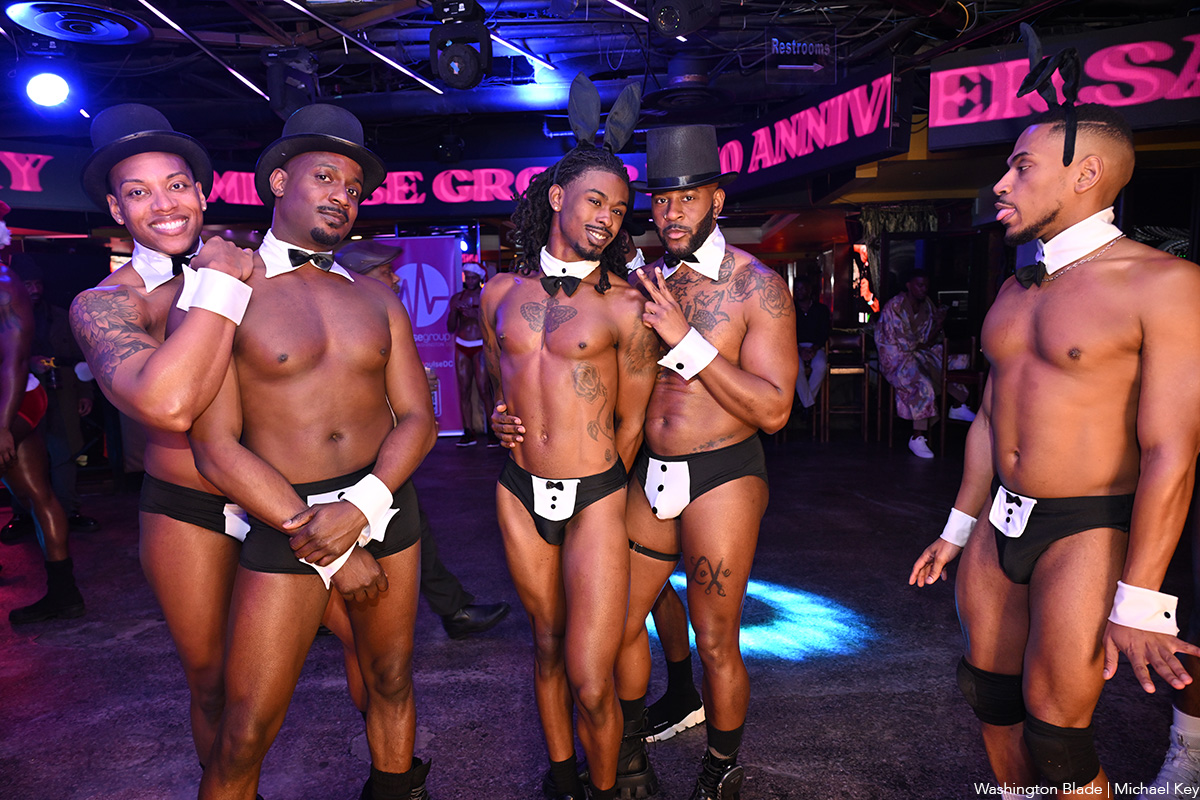
Impulse Group DC held “10’s Across the Board: A Celebration of 10 Years” at Bravo Bravo (1001 Connecticut Ave., N.W.) on Sunday, Dec. 14. Impulse Group DC is a volunteer-led 501(c)(3) and affinity group of AIDS Healthcare Foundation dedicated “to engaging, supporting, and connecting gay men” through culturally relevant health and advocacy work.
(Washington Blade photos by Michael Key)

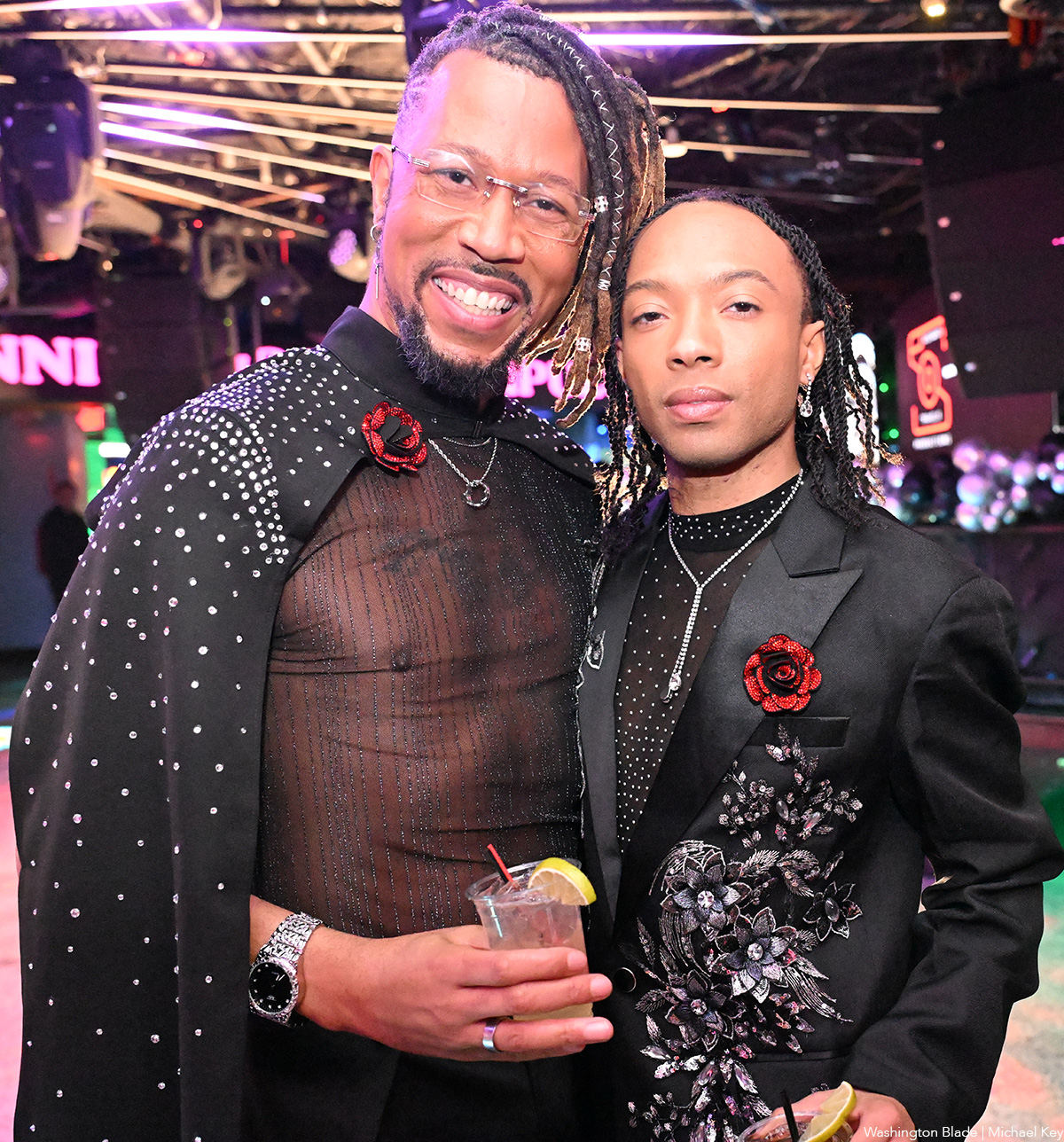
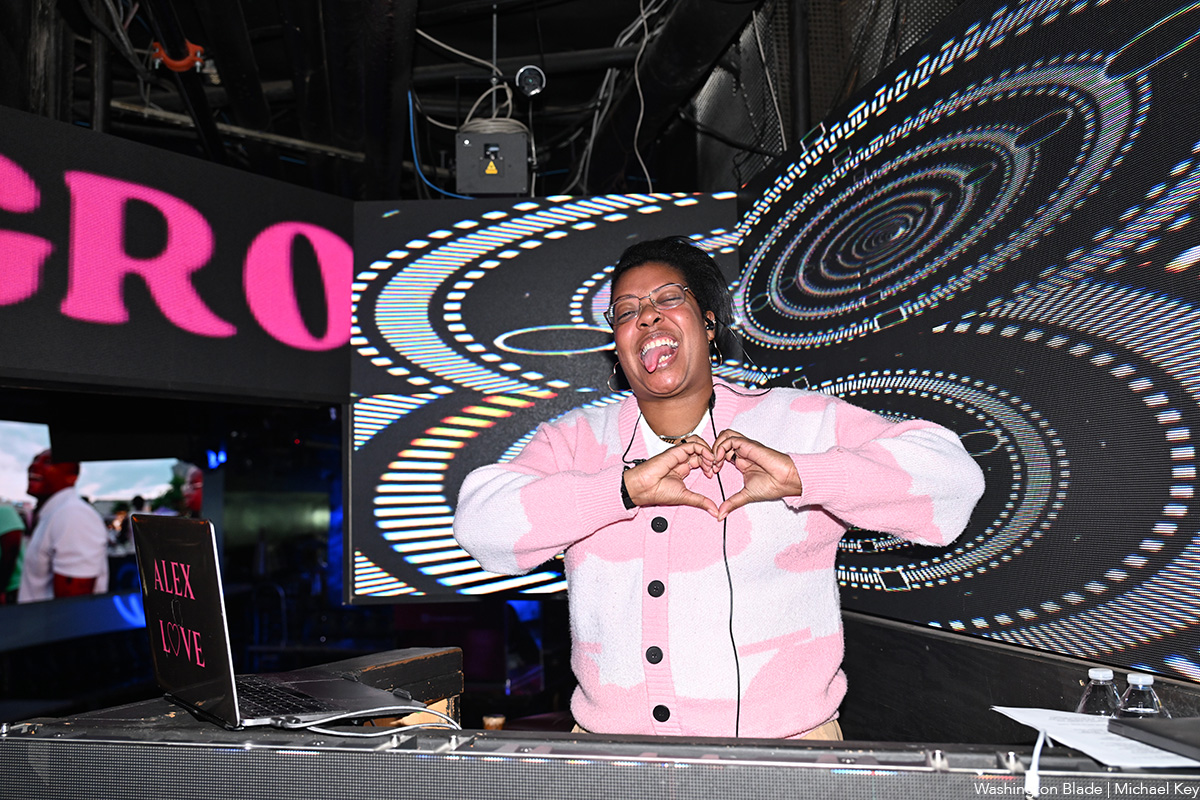
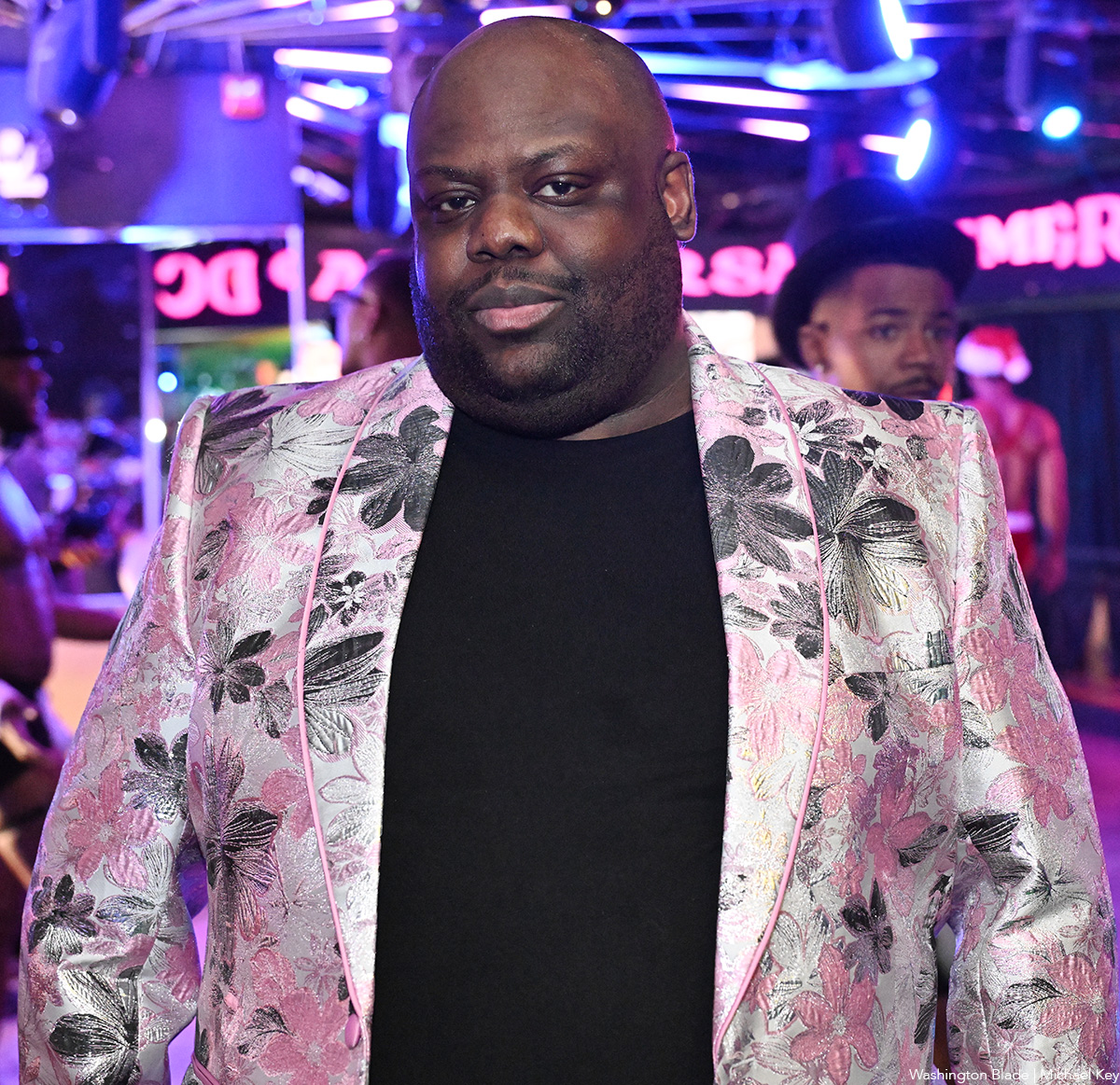
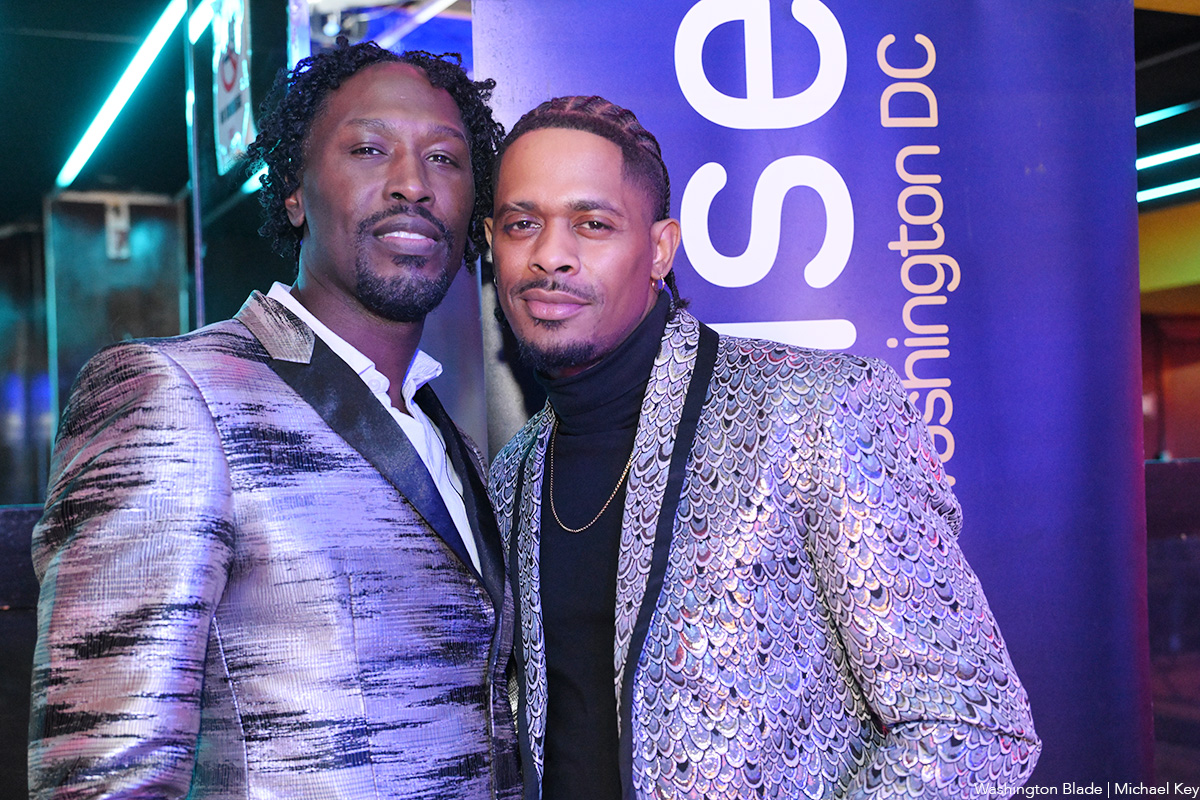
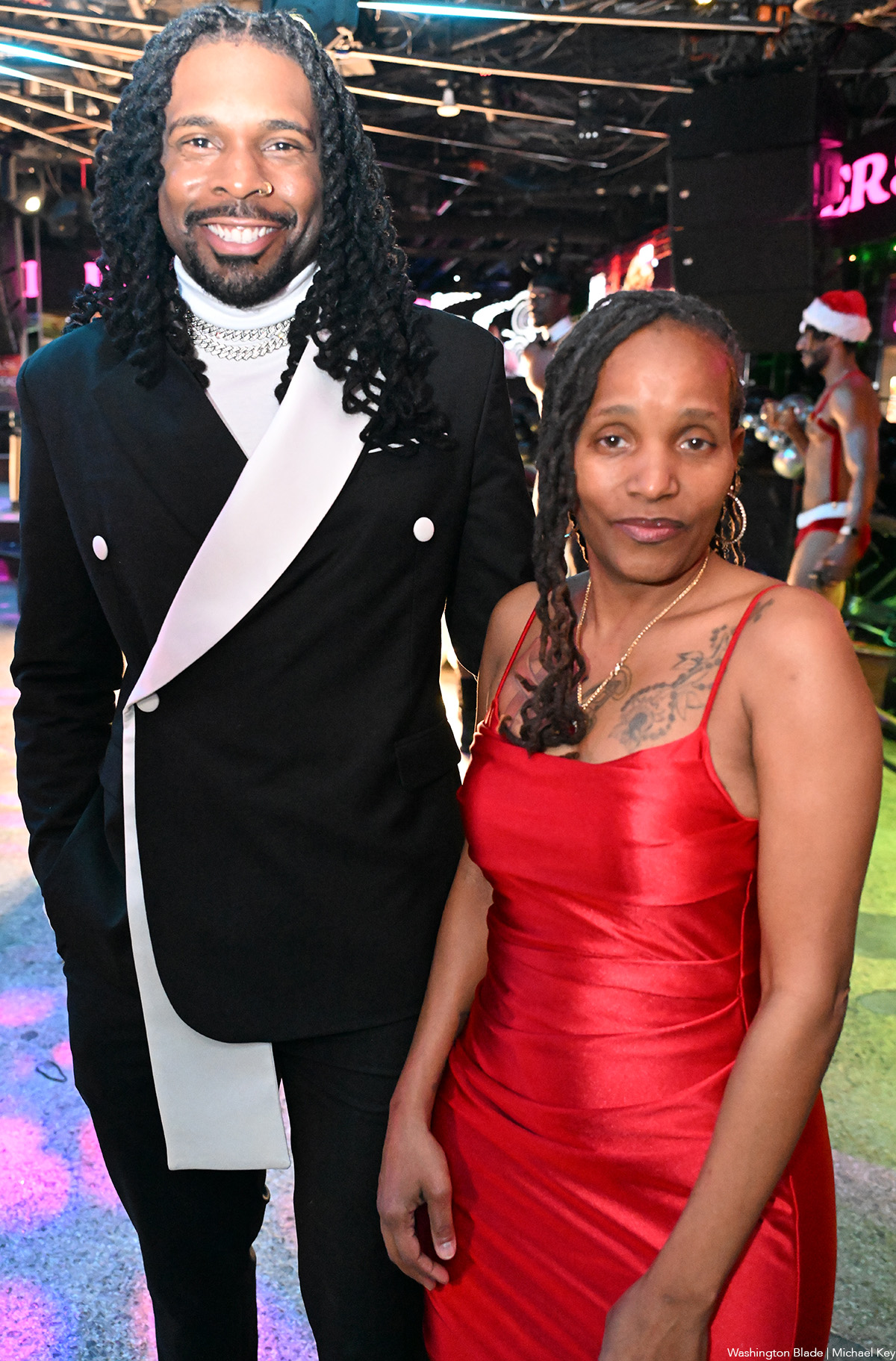
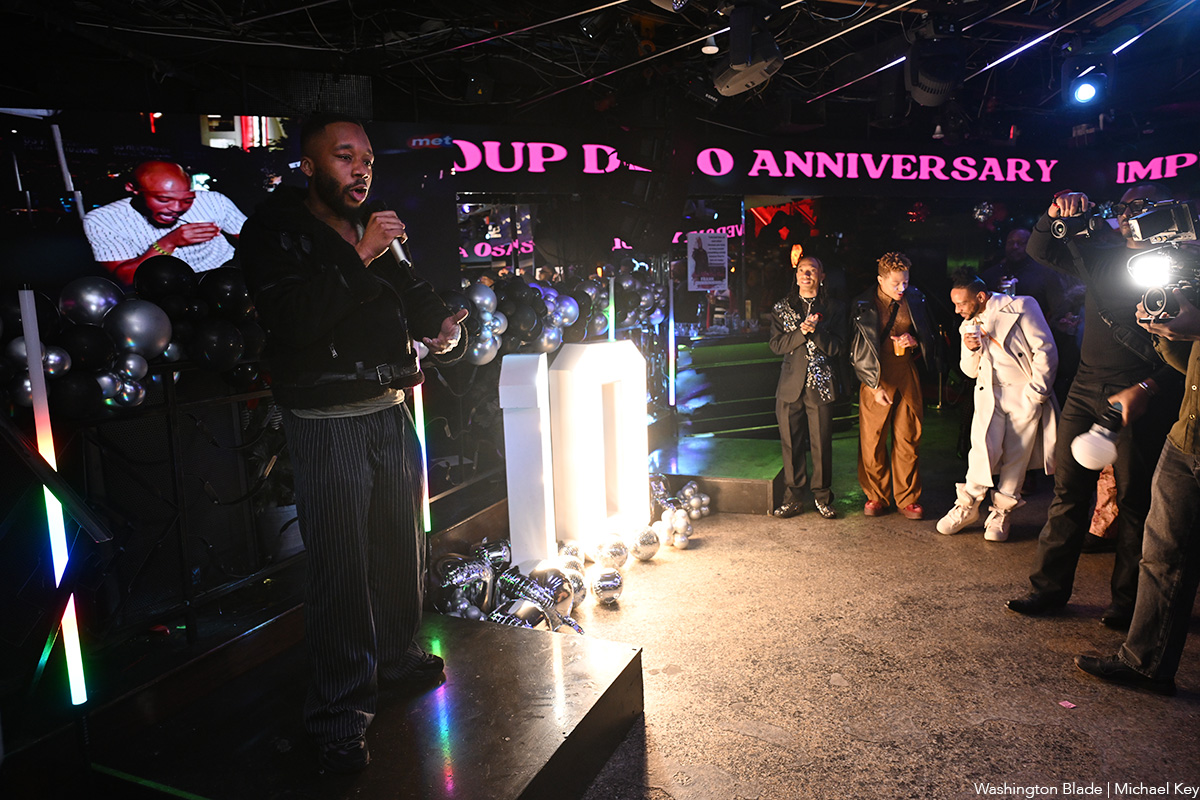
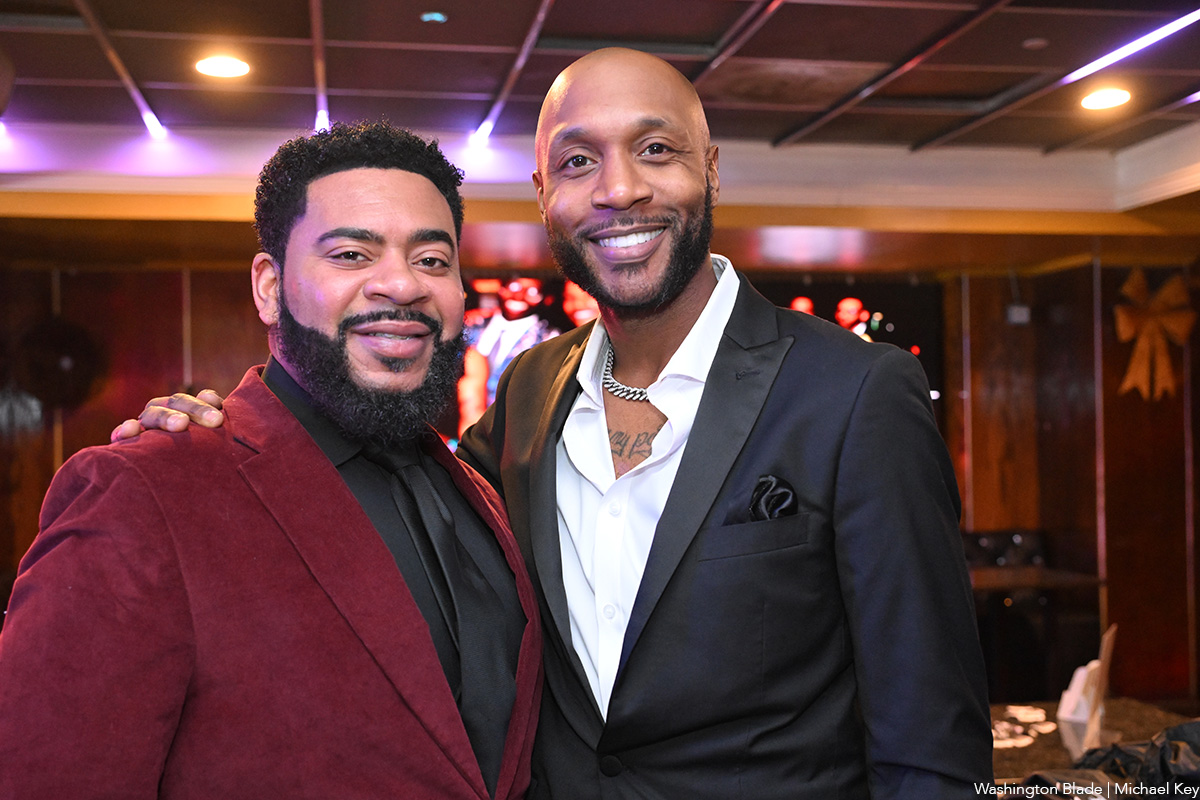
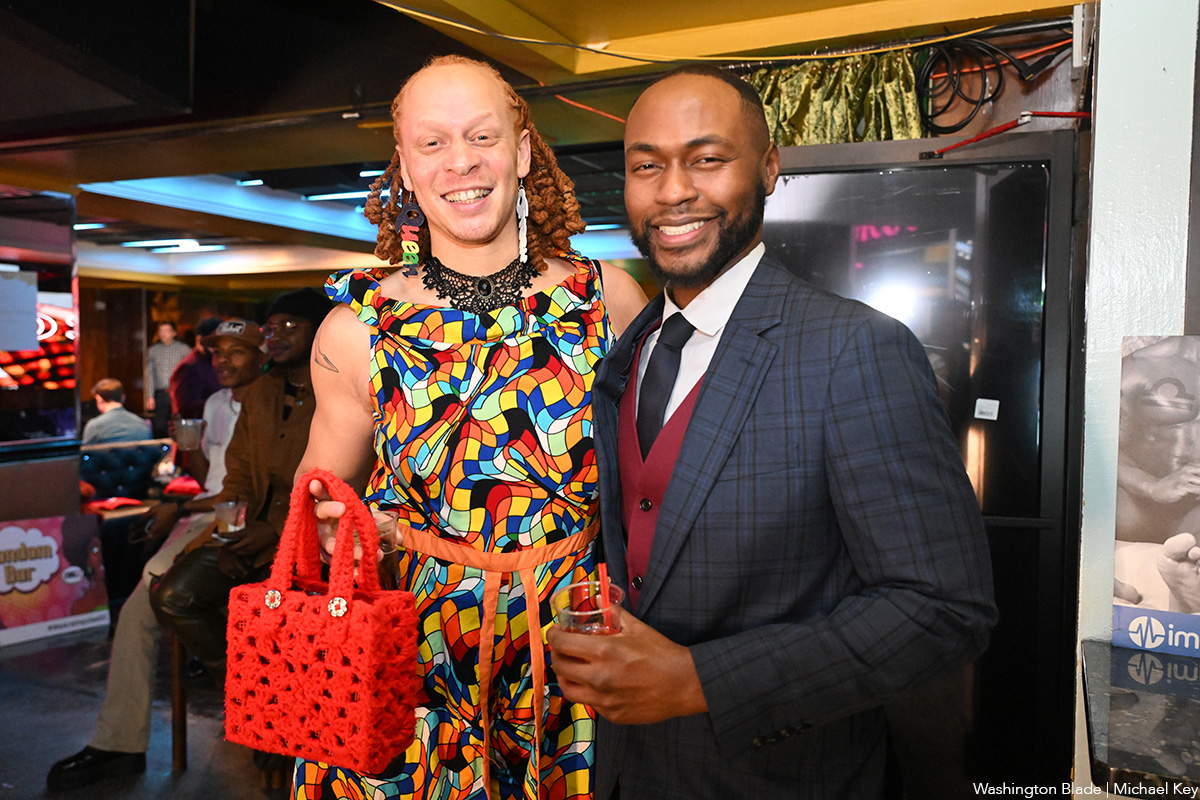
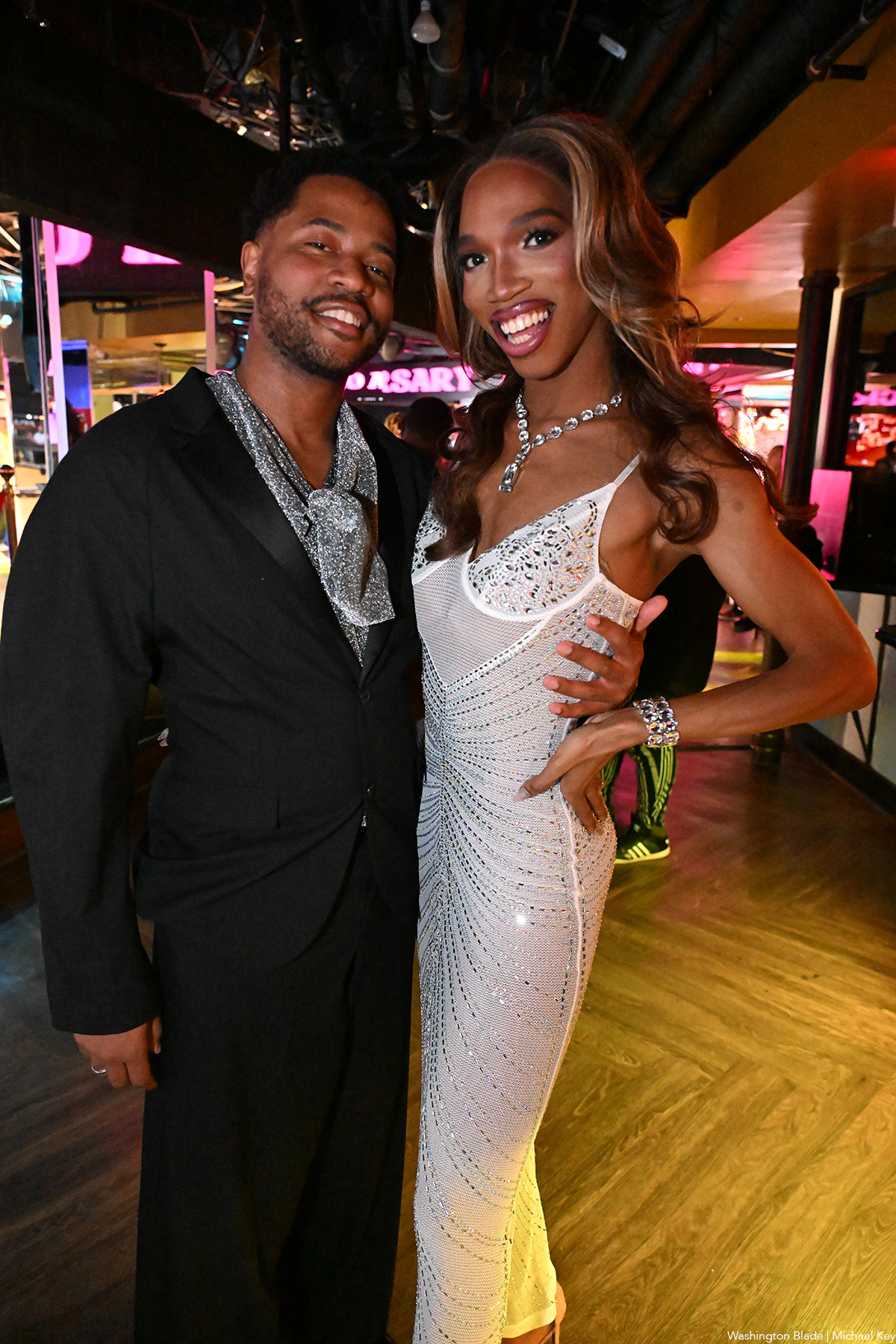
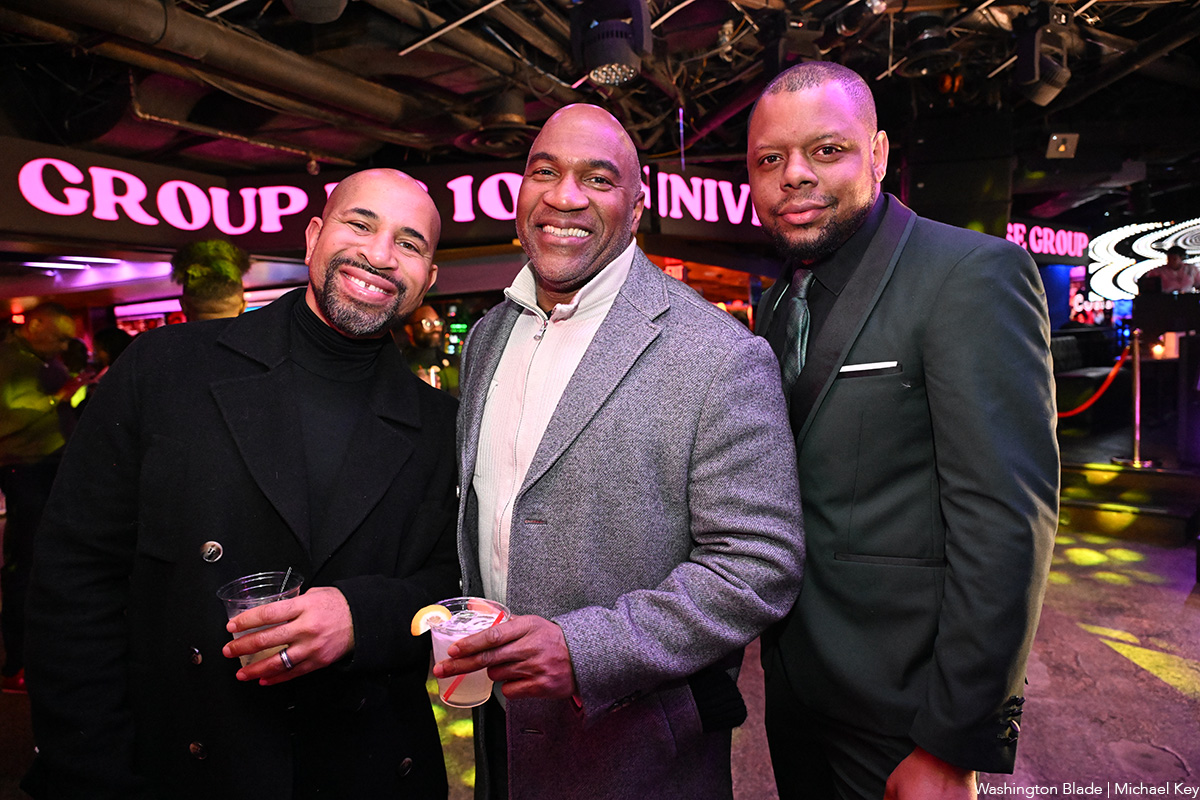
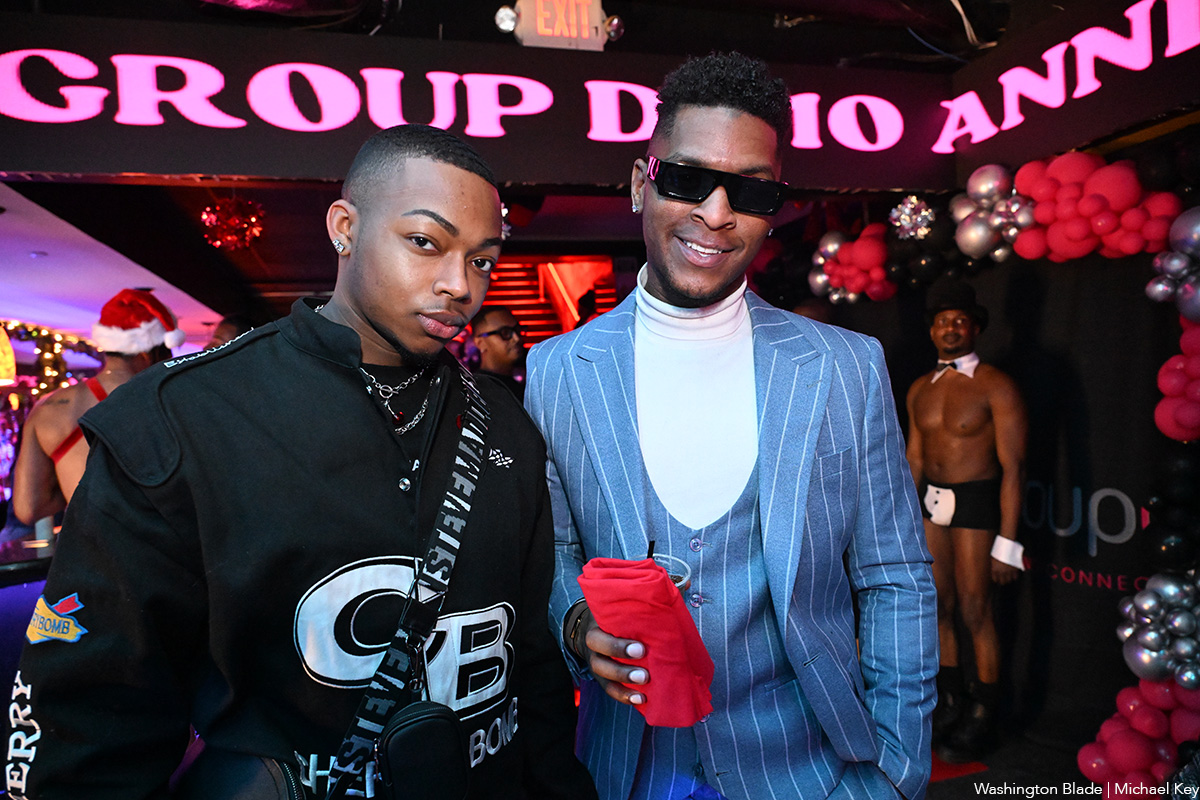
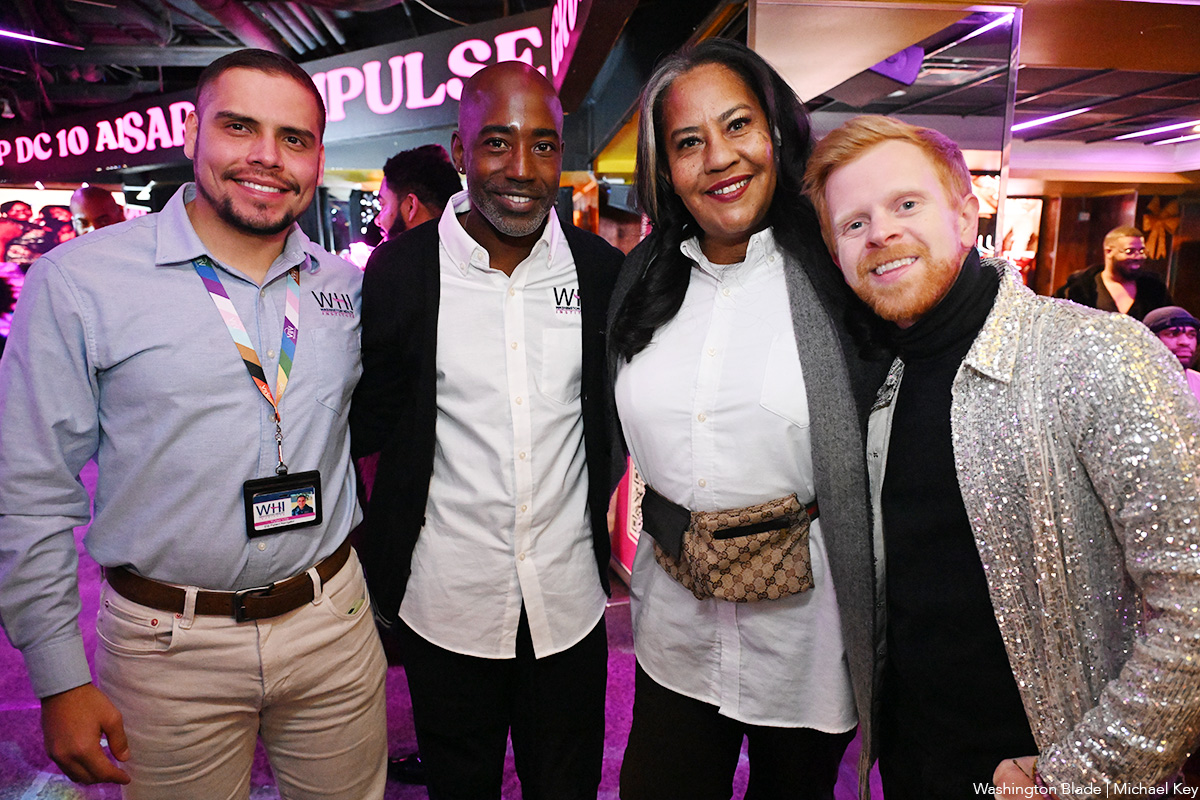

Rob Reiner, most known for directing untouchable classics like “The Princess Bride,” “Misery,” “When Harry Met Sally…,” and “Stand by Me,” died Dec. 14 alongside his wife, Michele Singer Reiner, in their Los Angeles residence. While investigations are actively underway, sources have told PEOPLE Magazine that the pair’s son, Nick Reiner, killed his parents and has been taken into custody.
Reiner was a master of every genre, from the romantic comedy to the psychological thriller to the coming-of-age buddy movie. But in addition to his renowned work that made him a household name, Reiner is also remembered as a true advocate for the LGBTQ community. In 2009, Reiner and his wife co-founded the American Foundation for Equal Rights, helping fight against California’s Prop 8 same-sex marriage ban. They were honored at the 2015 Human Rights Campaign Las Vegas Gala.
In a statement, HRC President Kelley Robinson said: “The entire HRC family is devastated by the loss of Rob and Michele Reiner. Rob is nothing short of a legend — his television shows and films are a part of our American history and will continue to bring joy to millions of people across the world. Yet for all his accomplishments in Hollywood, Rob and Michele will most be remembered for their gigantic hearts, and their fierce support for the causes they believed in — including LGBTQ+ equality. So many in our movement remember how Rob and Michele organized their peers, brought strategists and lawyers together, and helped power landmark Supreme Court decisions that made marriage equality the law of the land — and they remained committed to the cause until their final days. The world is a darker place this morning without Rob and Michele — may they rest in power.”
Reiner’s frequent collaborators have also spoken out as the industry is in mourning, including figures like Ron Howard and John Cusack.
A joint statement from Jamie Lee Curtis and Christopher Guest (who starred in Reiner’s “This is Spinal Tap”) reads: “Christopher and I are numb and sad and shocked about the violent, tragic deaths of our dear friends Rob and Michele Singer Reiner and our ONLY focus and care right now is for their children and immediate families and we will offer all support possible to help them. There will be plenty of time later to discuss the creative lives we shared and the great political and social impact they both had on the entertainment industry, early childhood development, the fight for gay marriage, and their global care for a world in crisis. We have lost great friends. Please give us time to grieve.”
While attending the 2019 HRC Los Angeles Dinner, Reiner spoke out about the need for equality: “We have to move past singling out transgender, LGBTQ, black, white, Jewish, Muslim, Latino. We have to get way past that and start accepting the idea that we’re all human beings. We’re all human beings, we all share the same planet, and we should all have the same rights, period. It’s no more complicated than that.”

The Gay Men’s Chorus of Washington perform “The Holiday Show” at Lincoln Theatre (1215 U St., N.W.). Visit gmcw.org for tickets and showtimes.
(Washington Blade photos by Michael Key)
